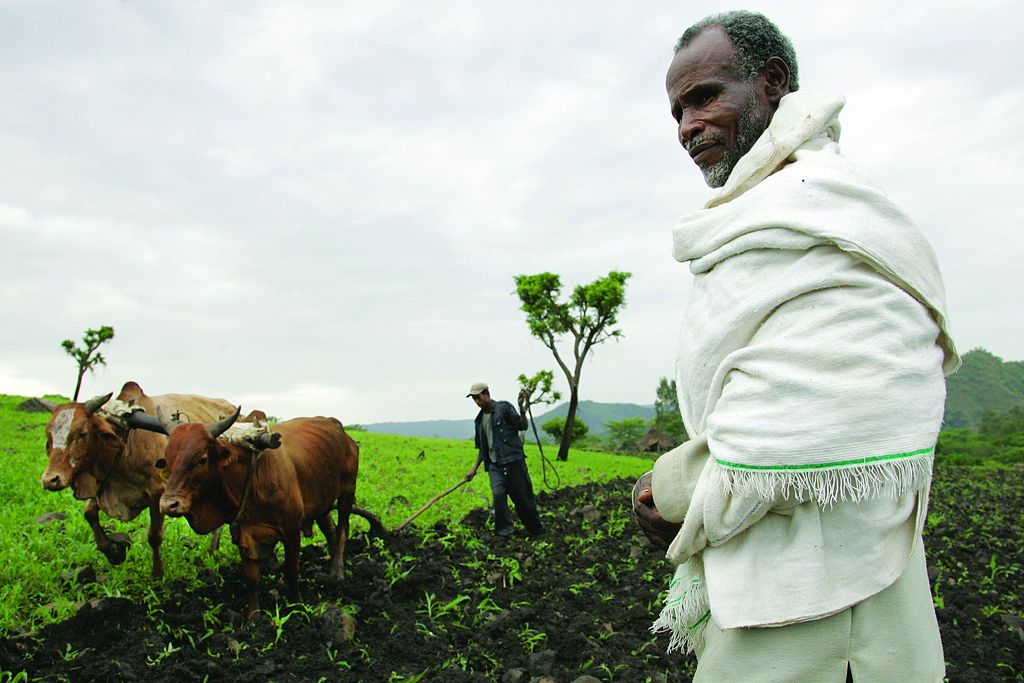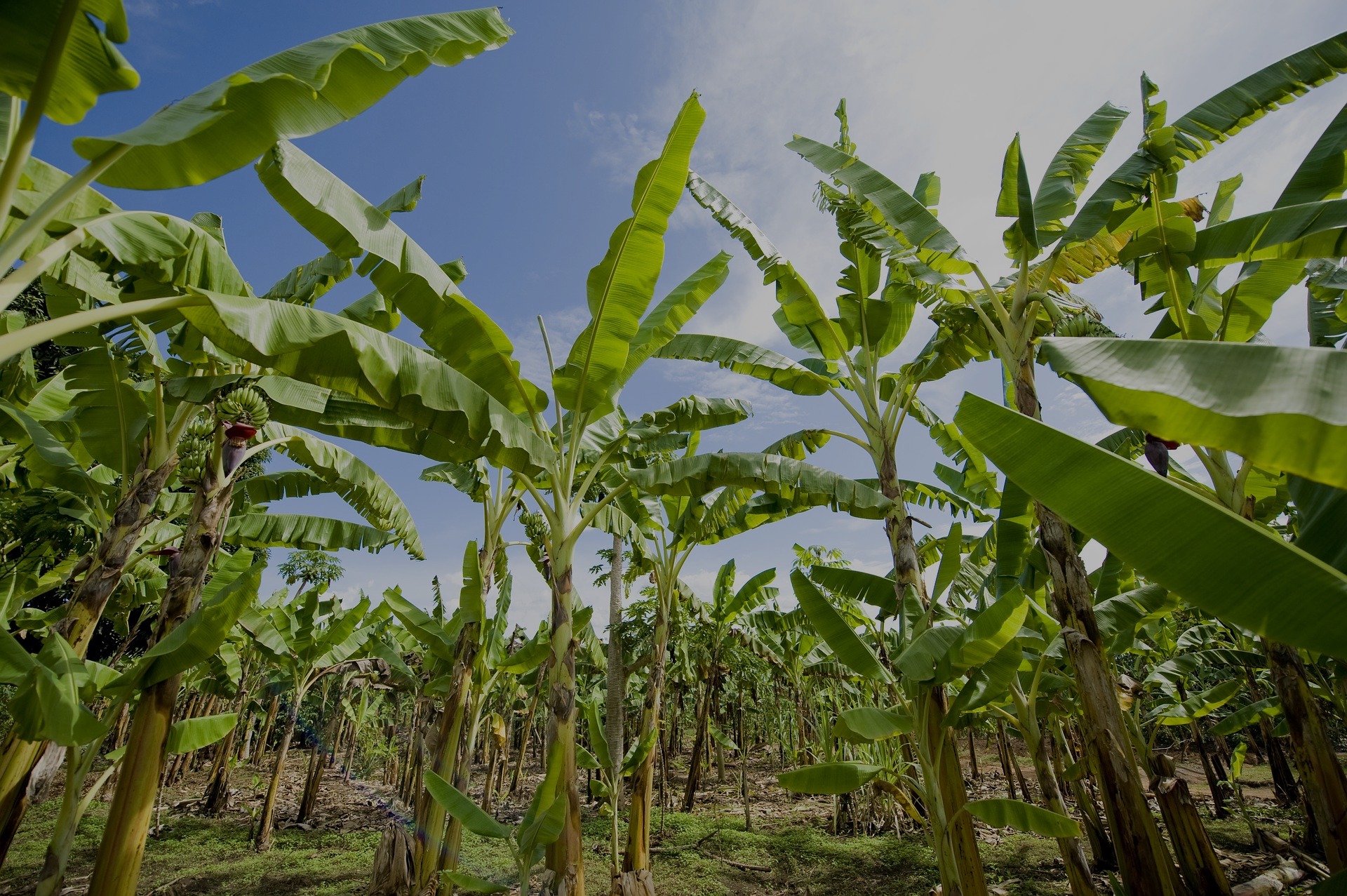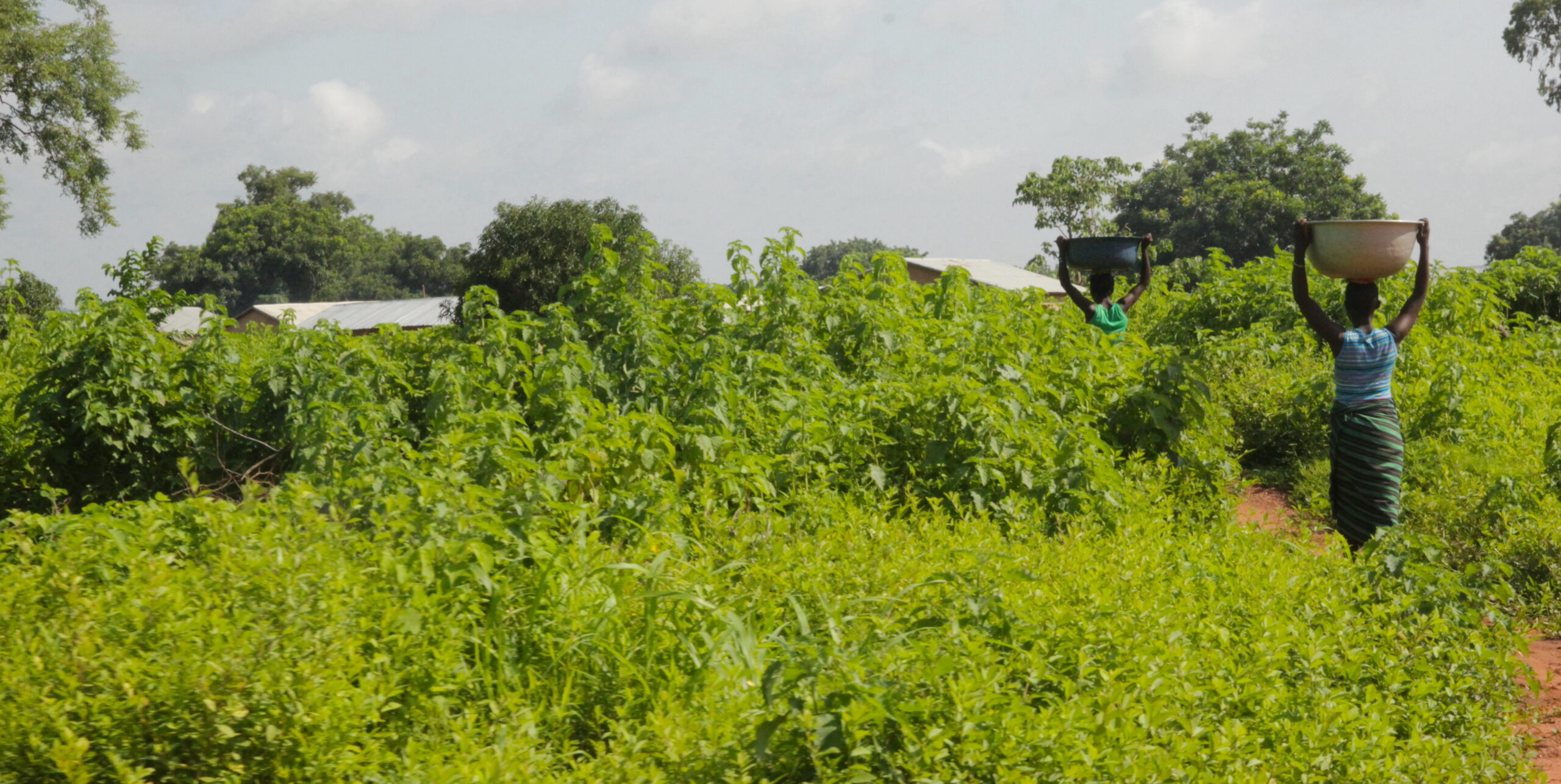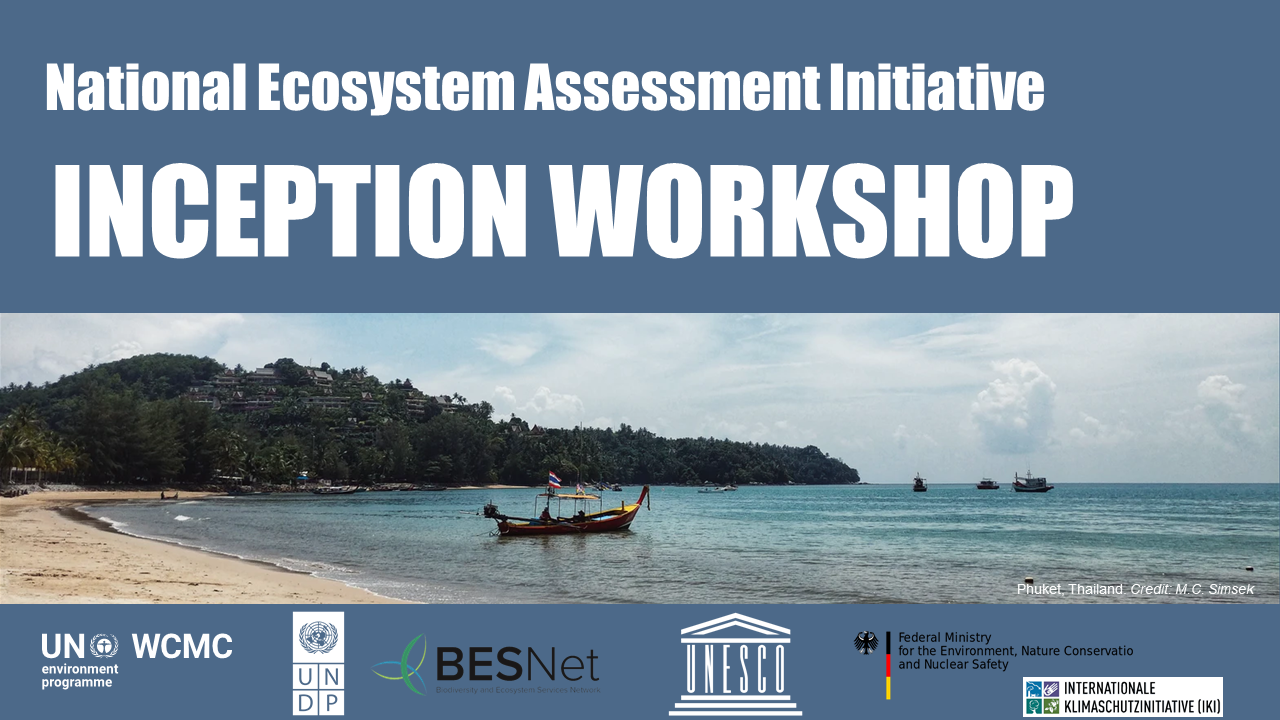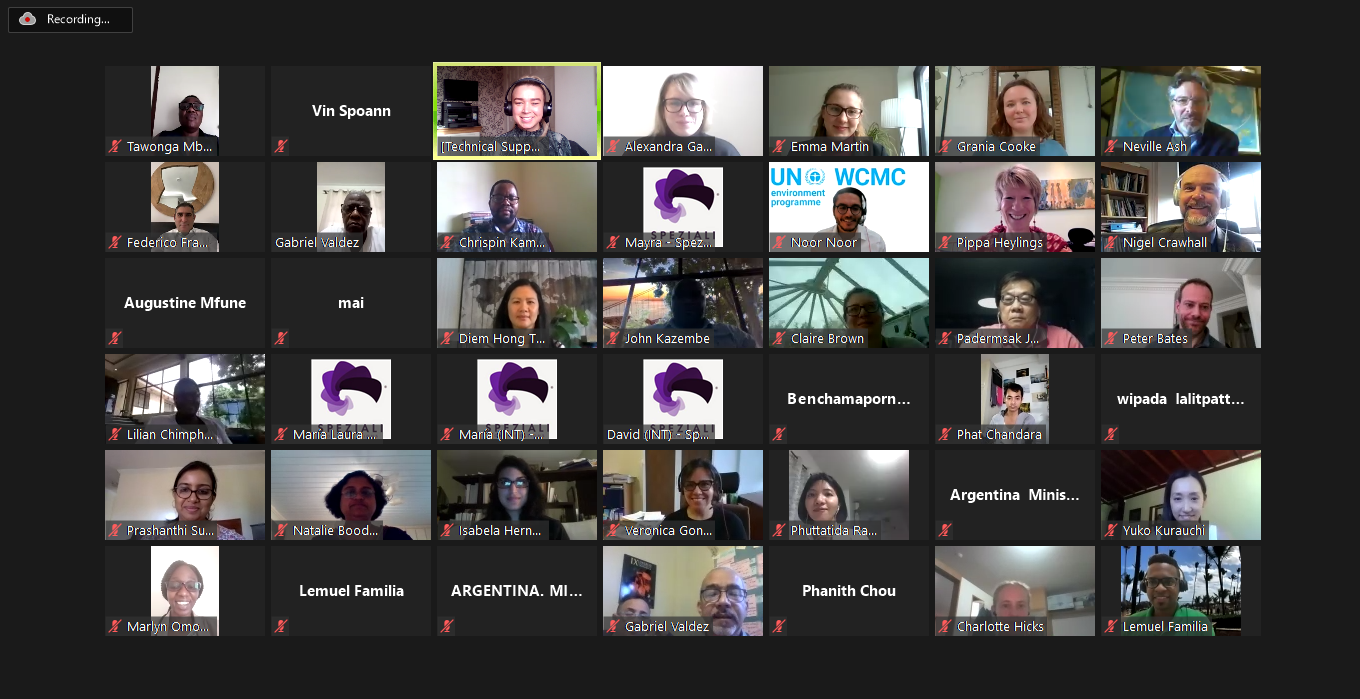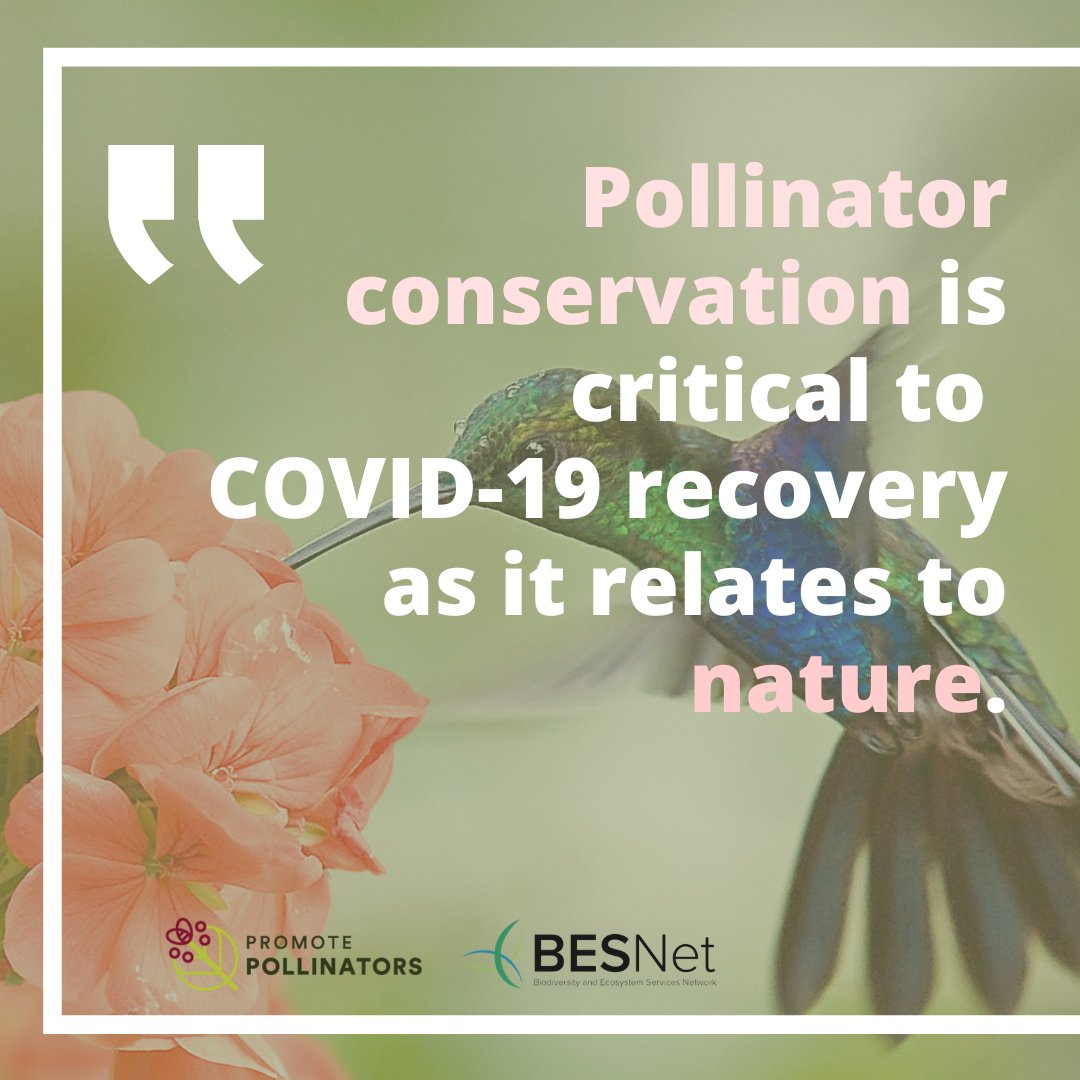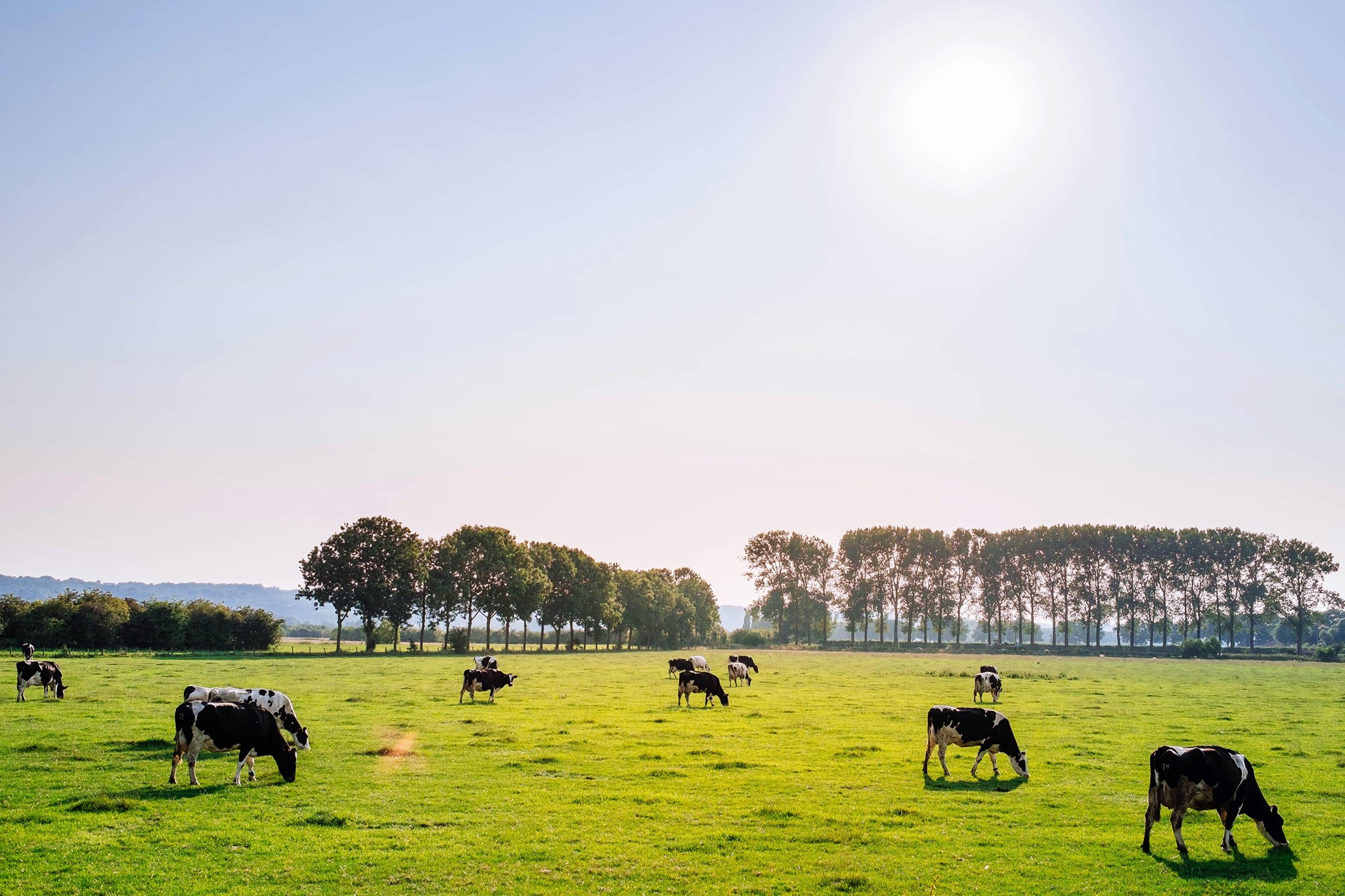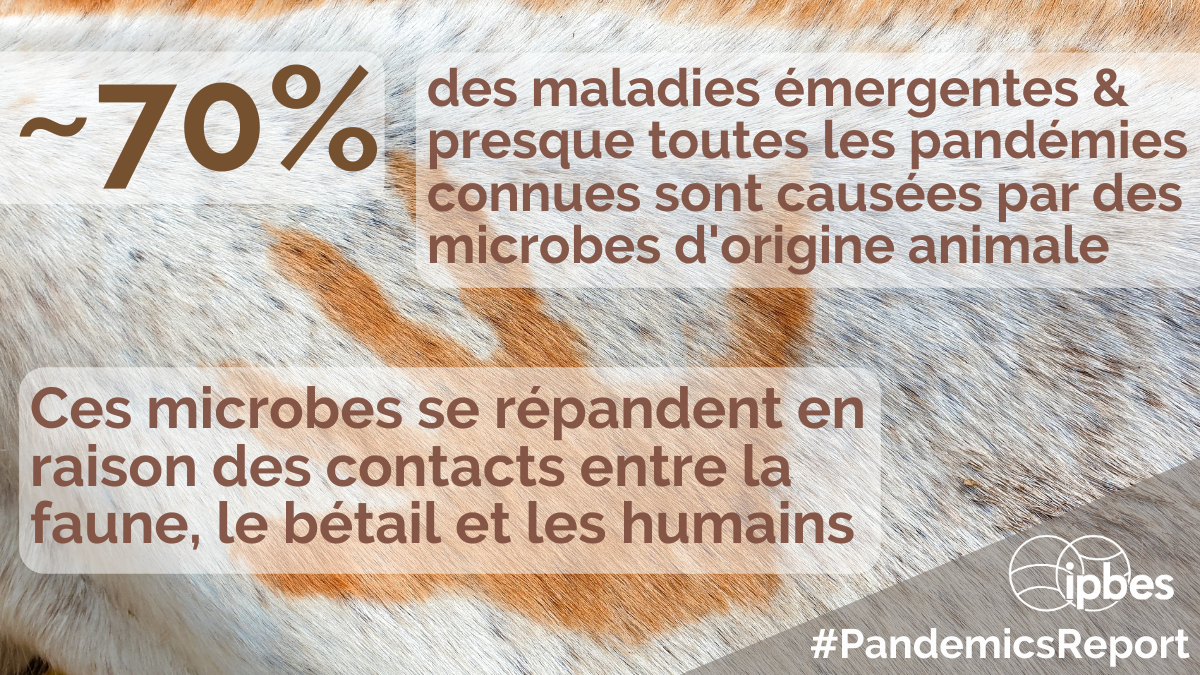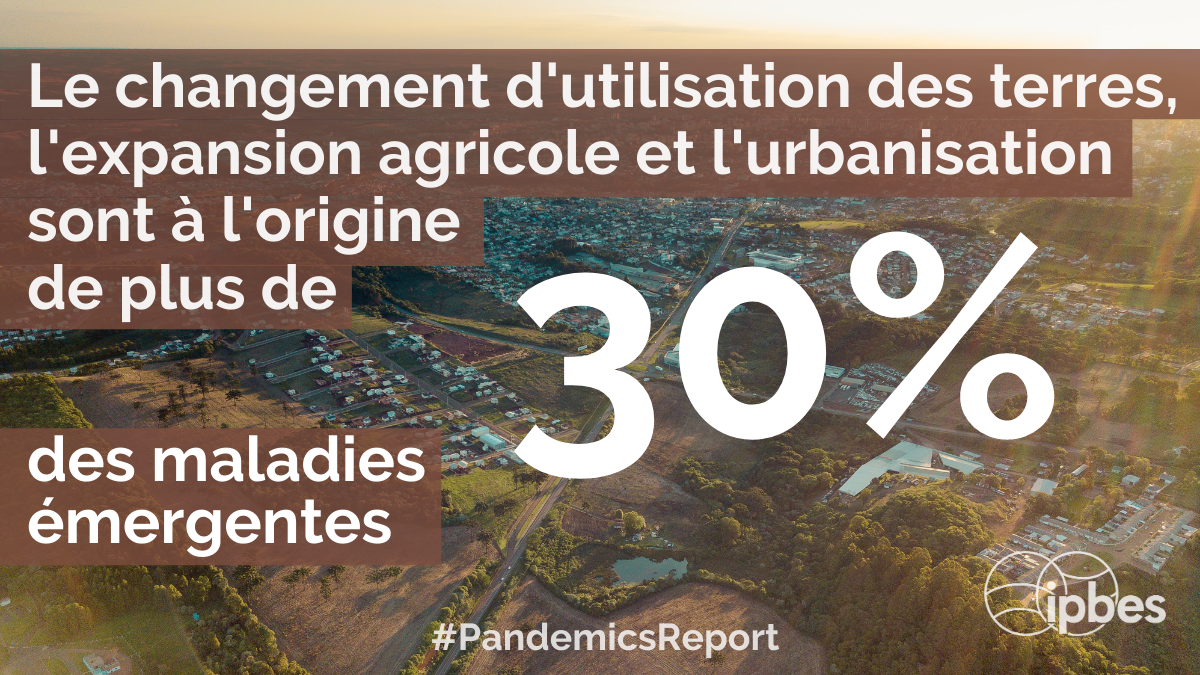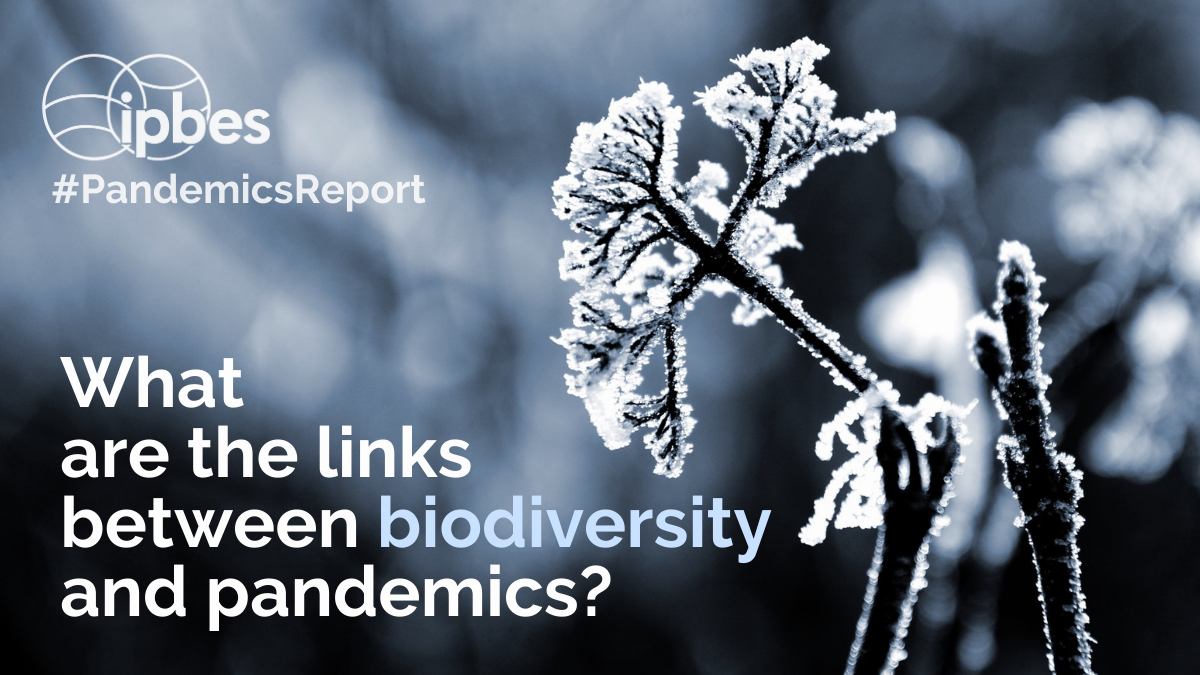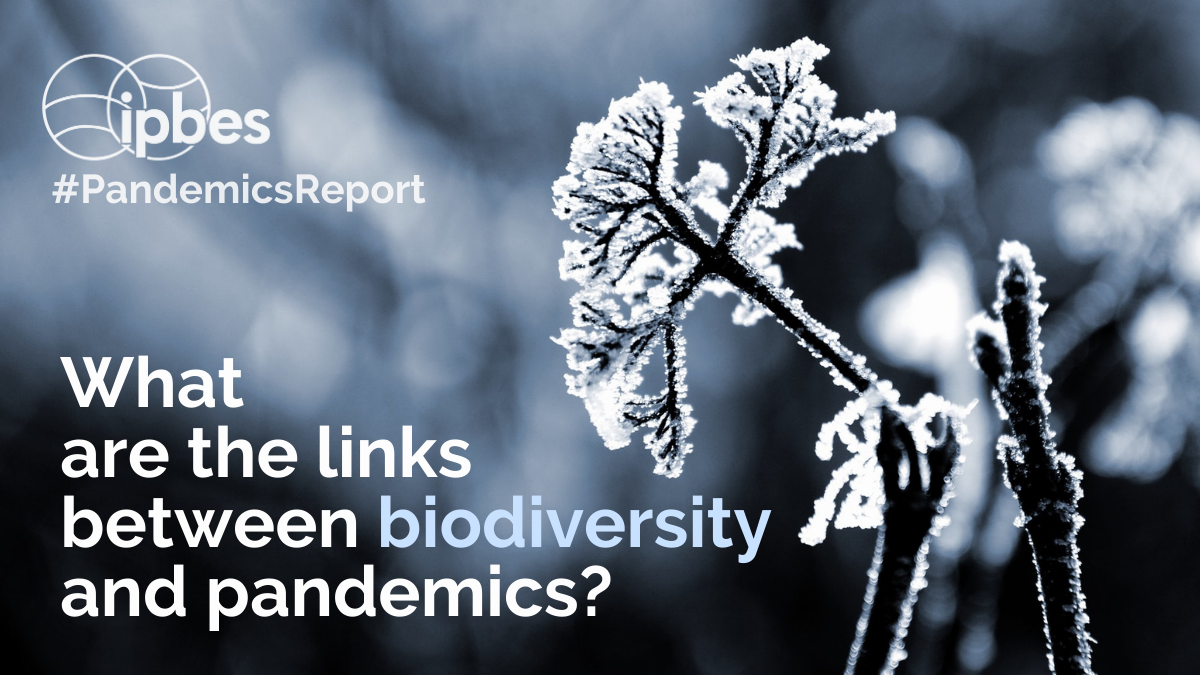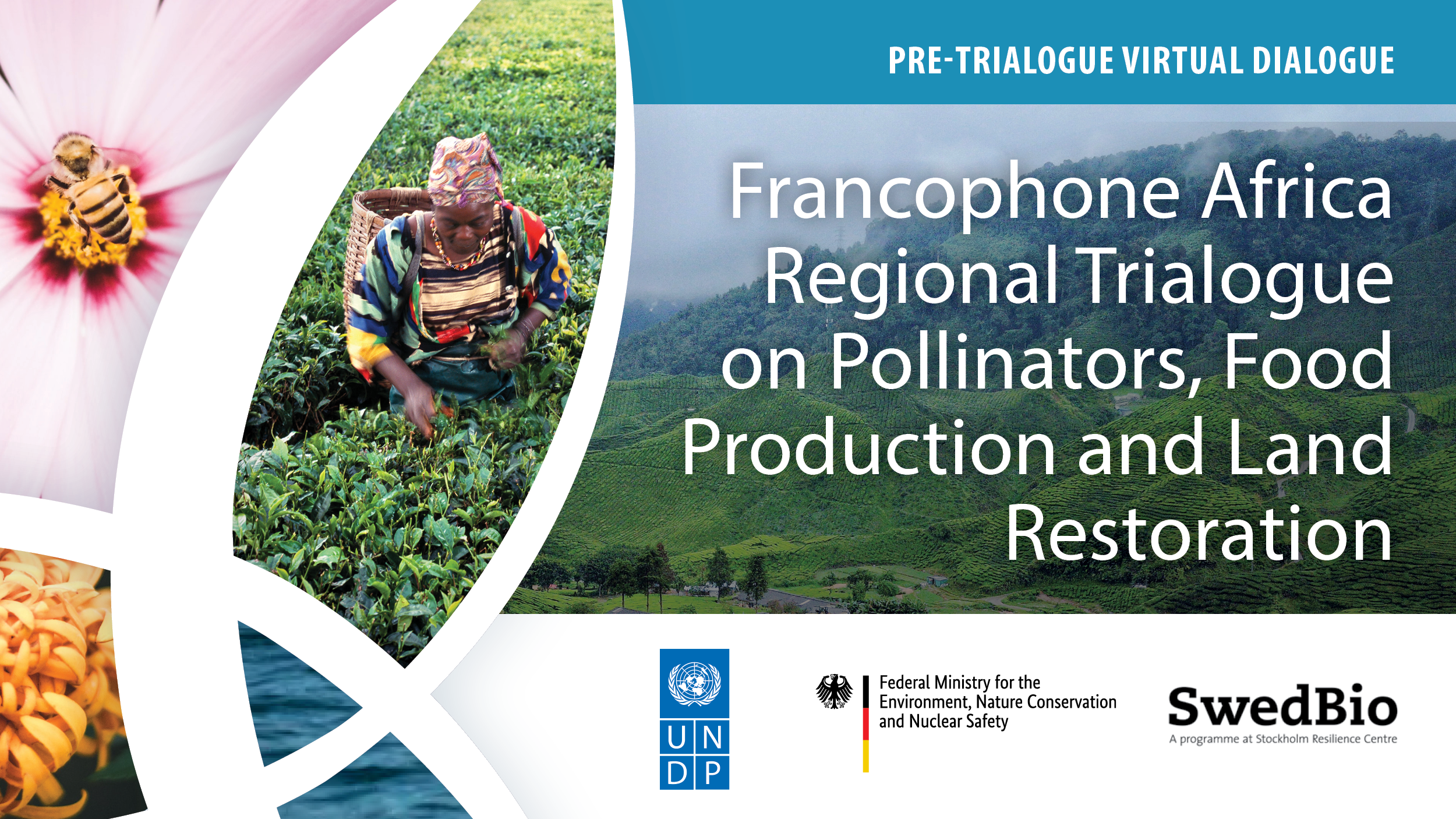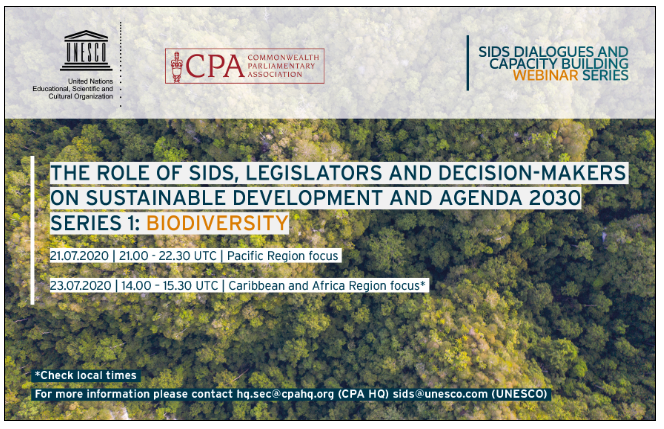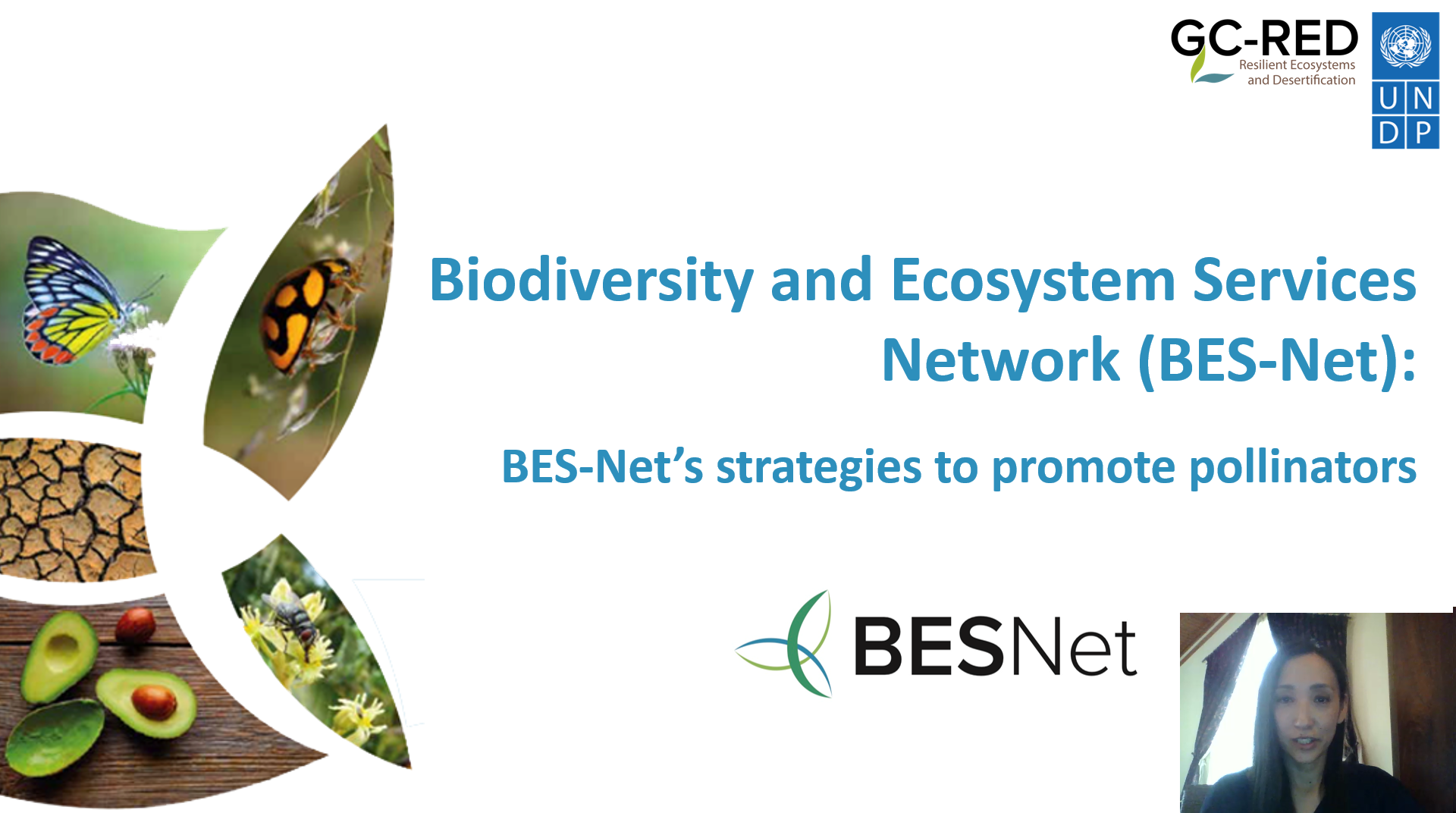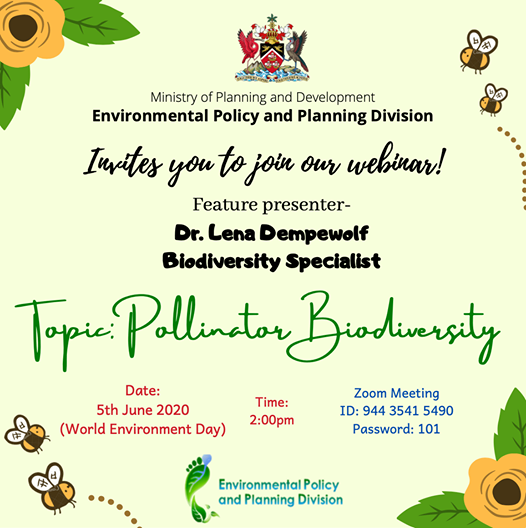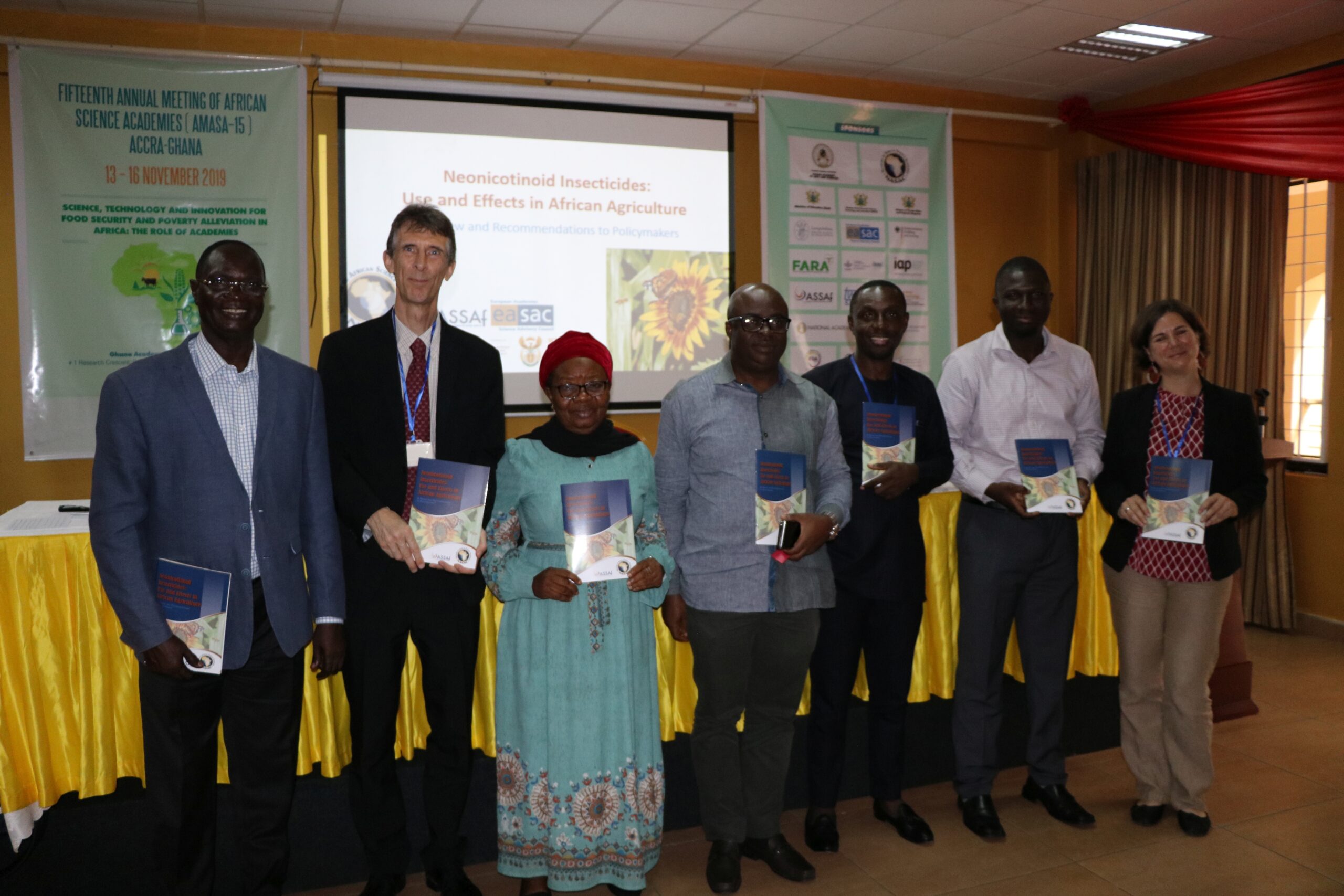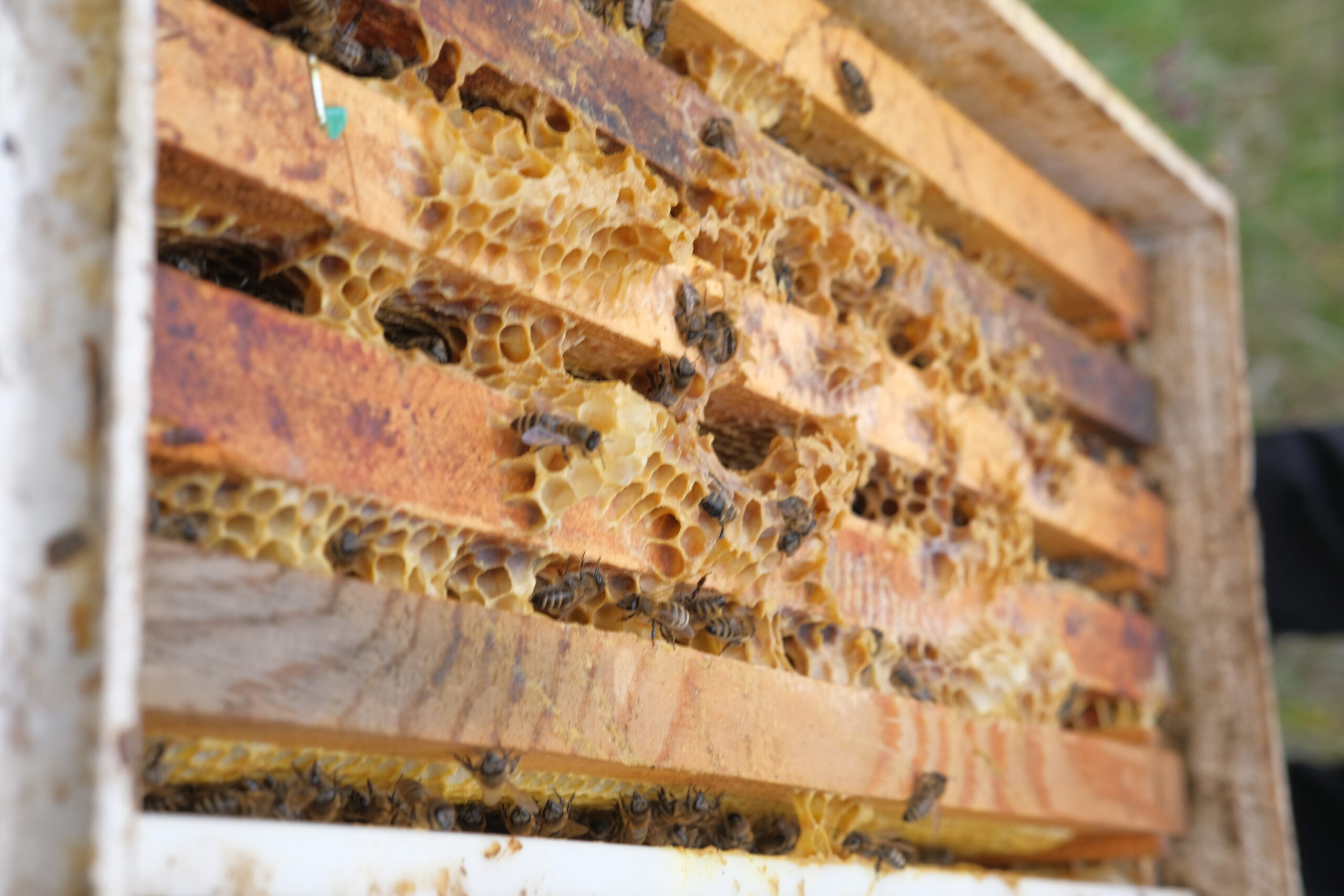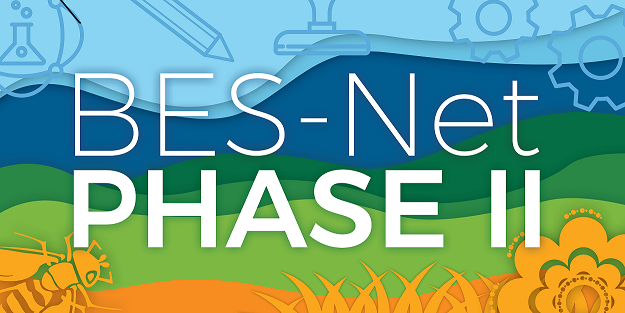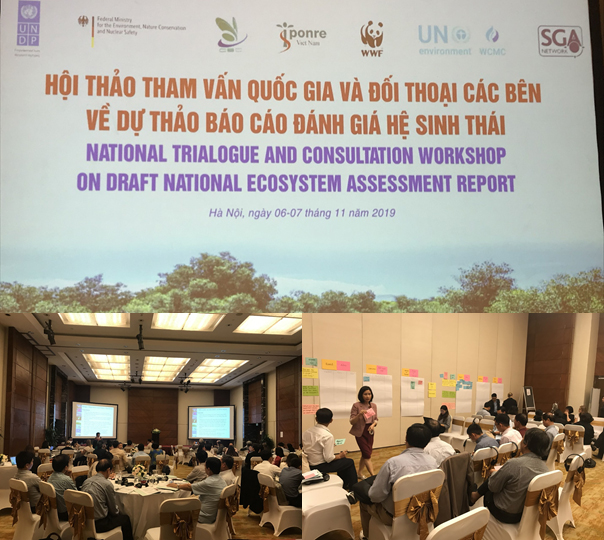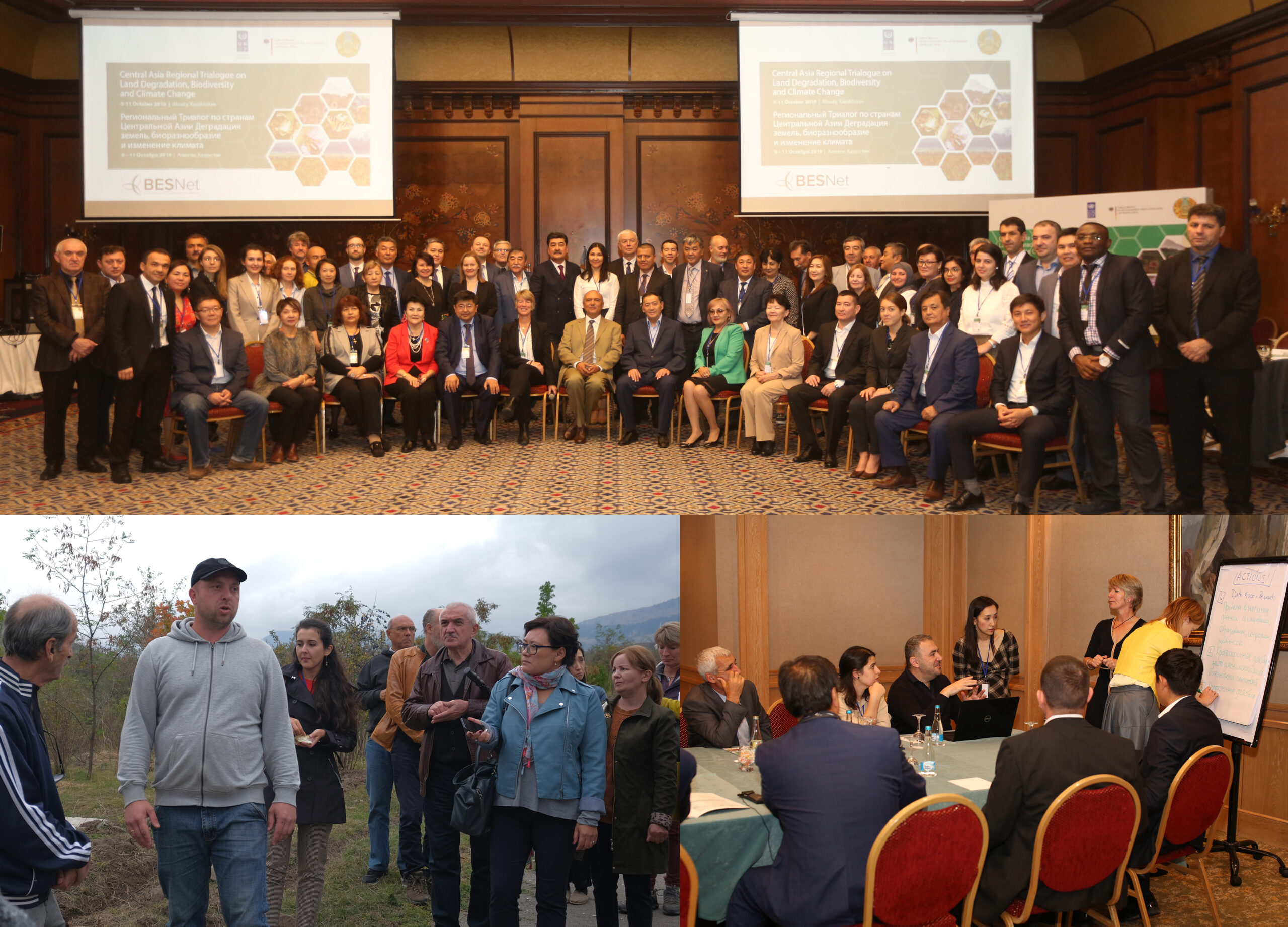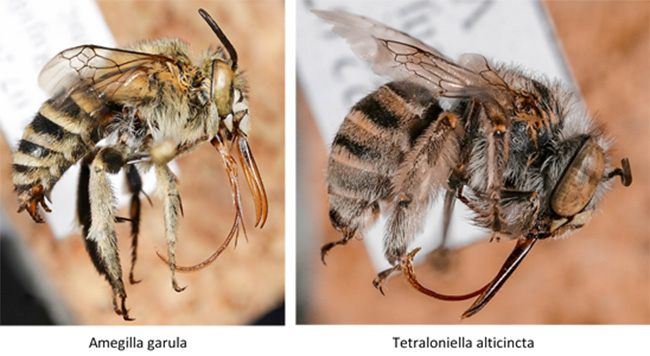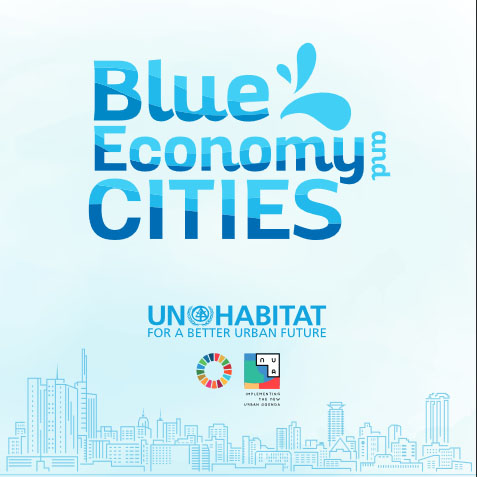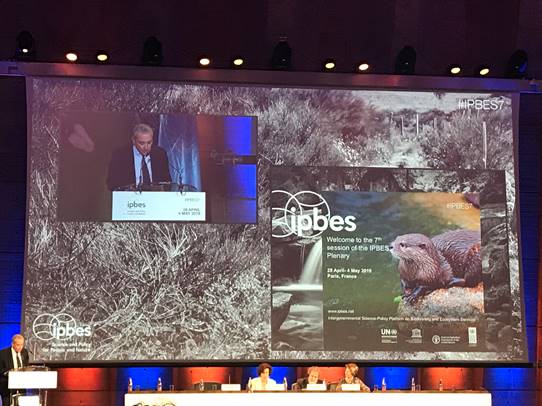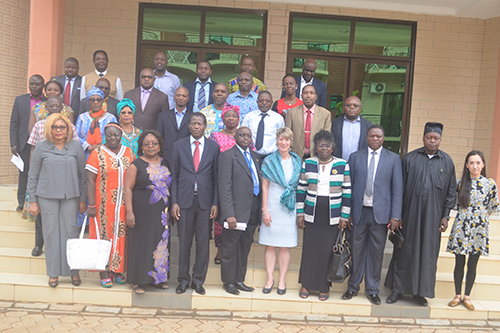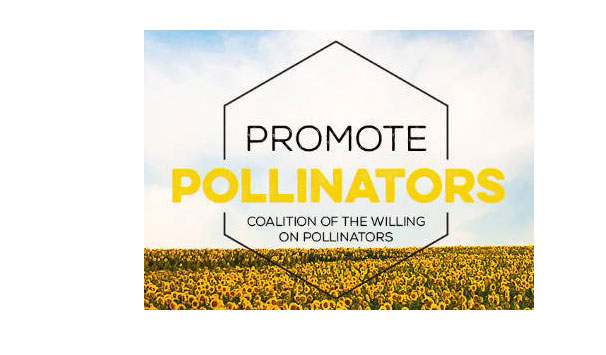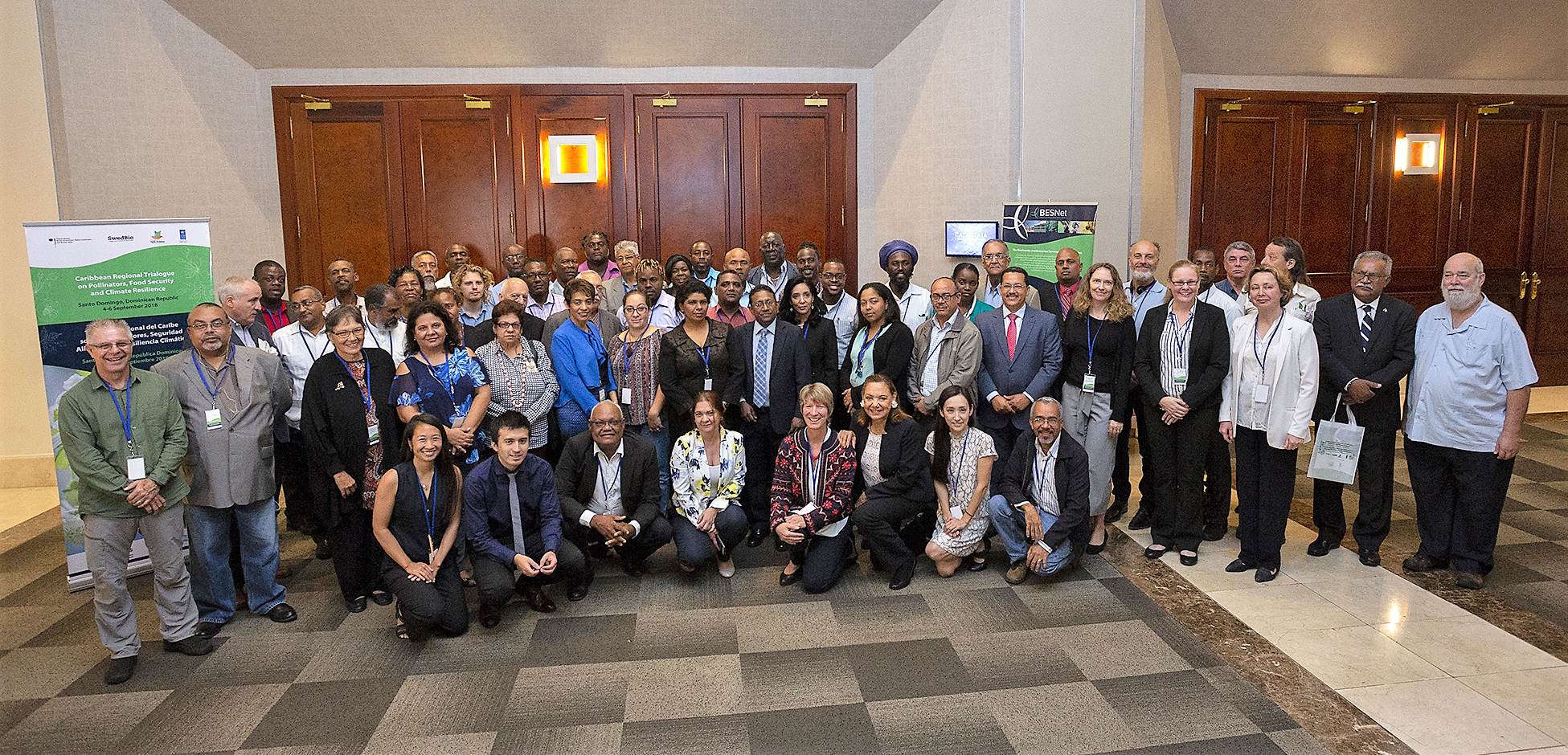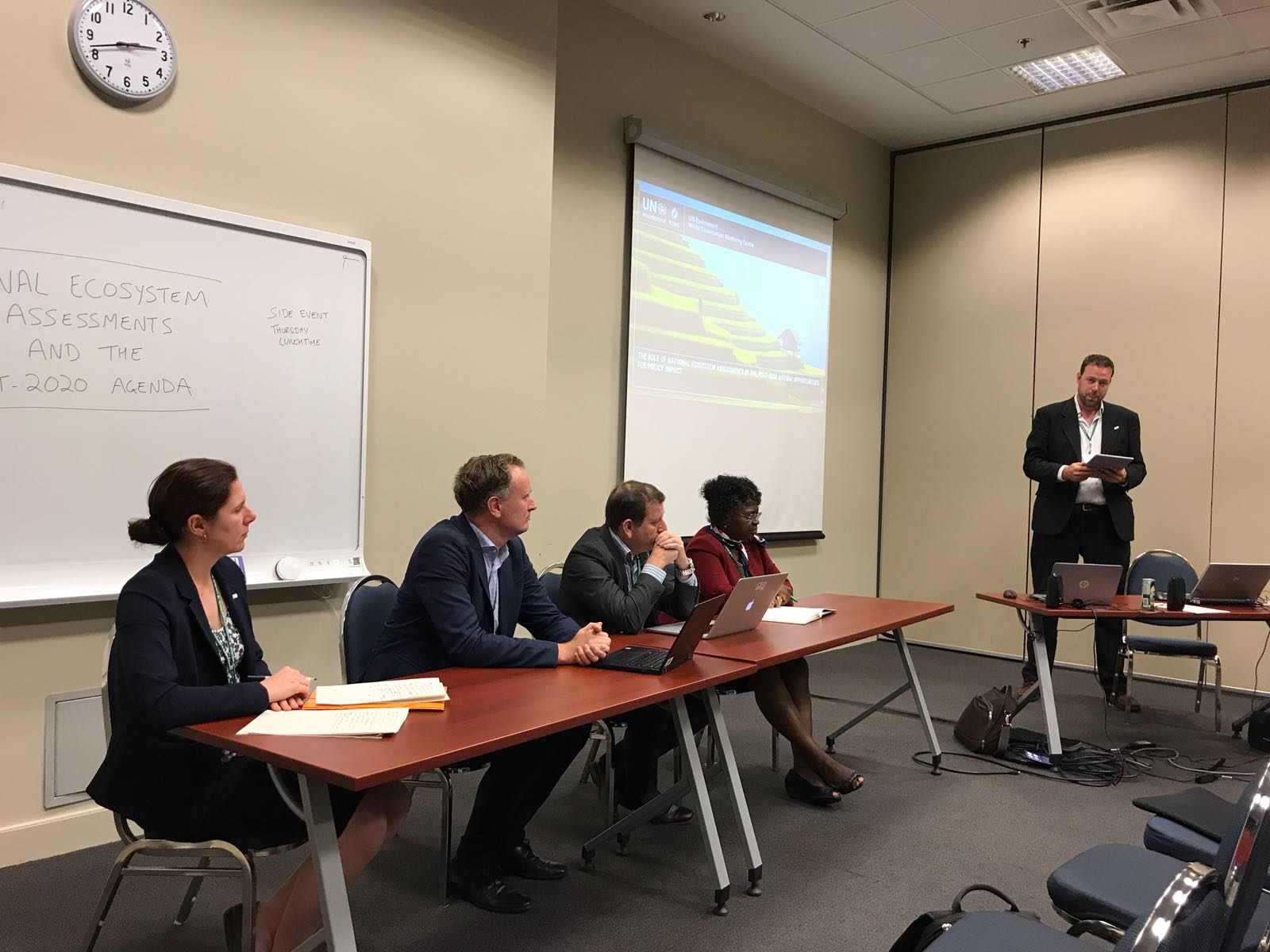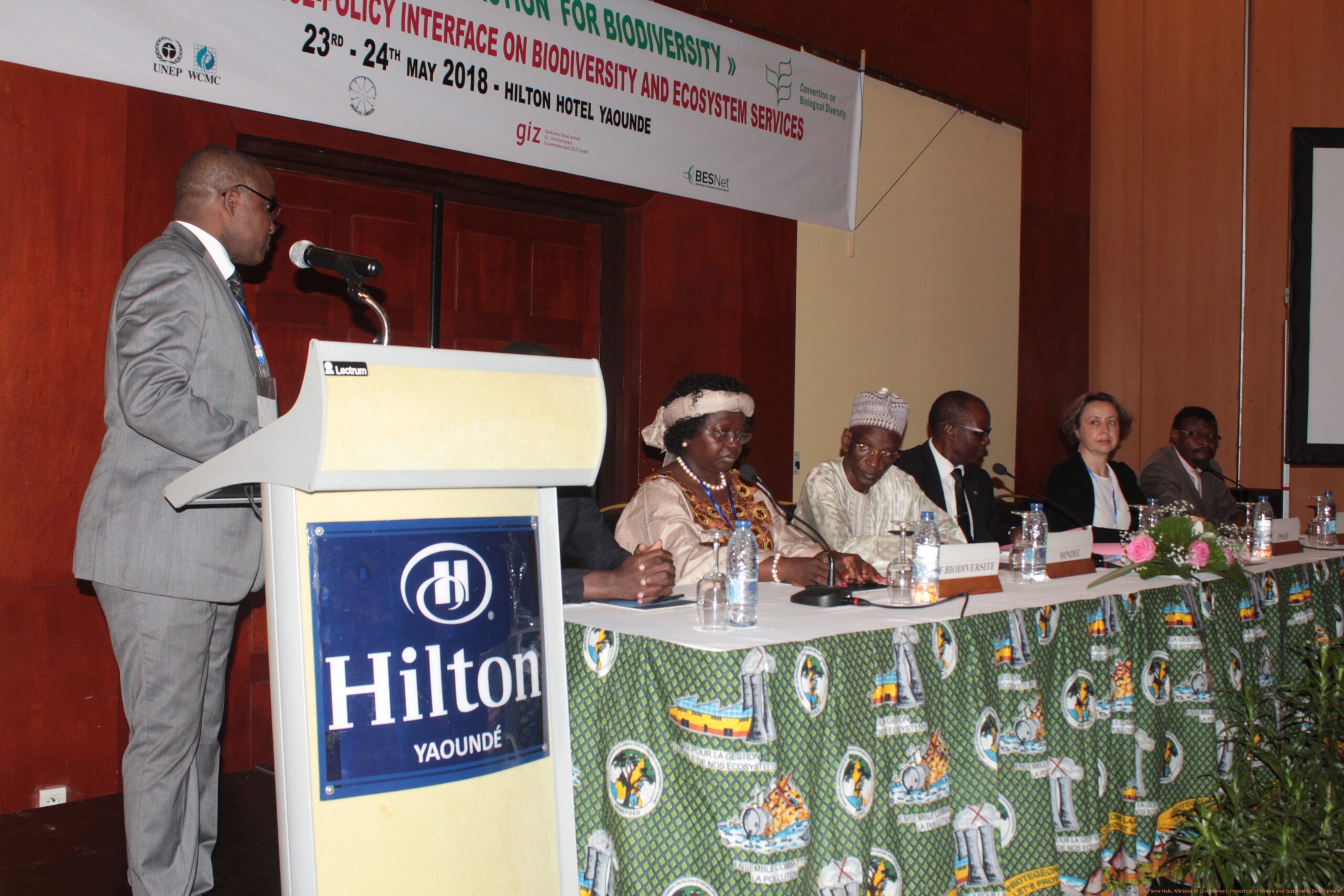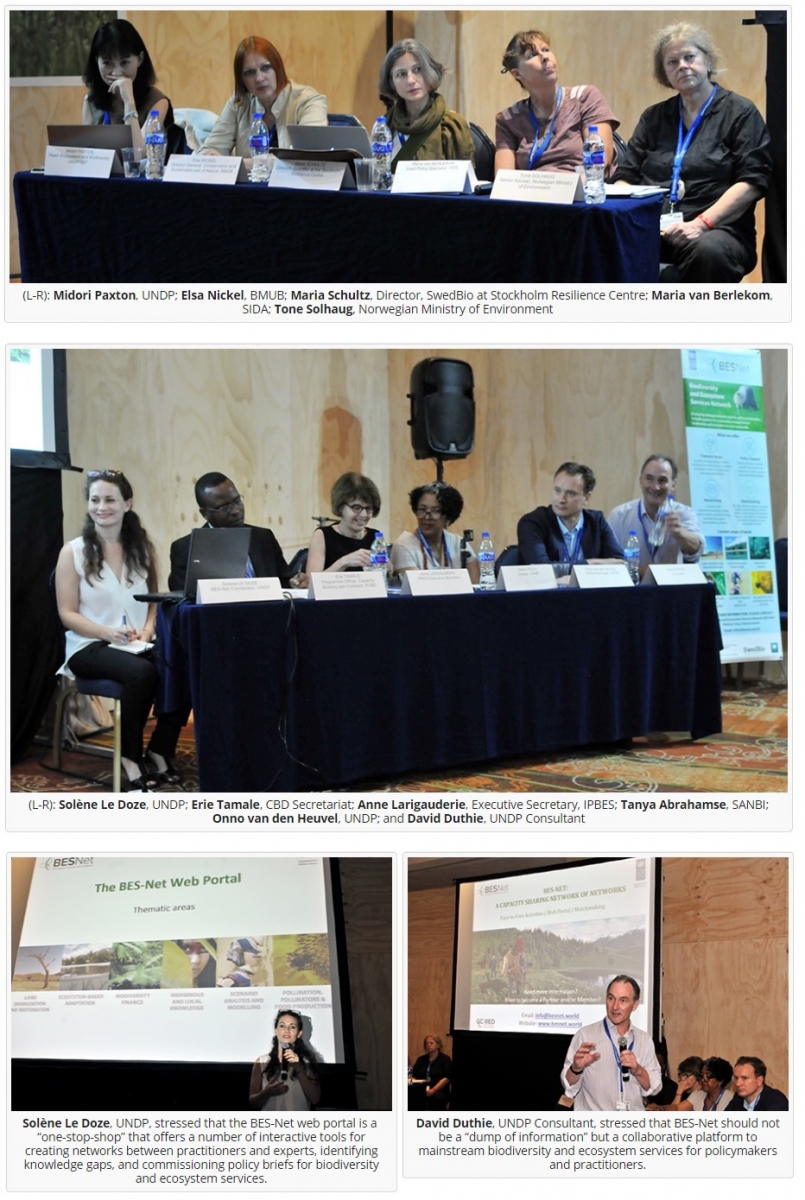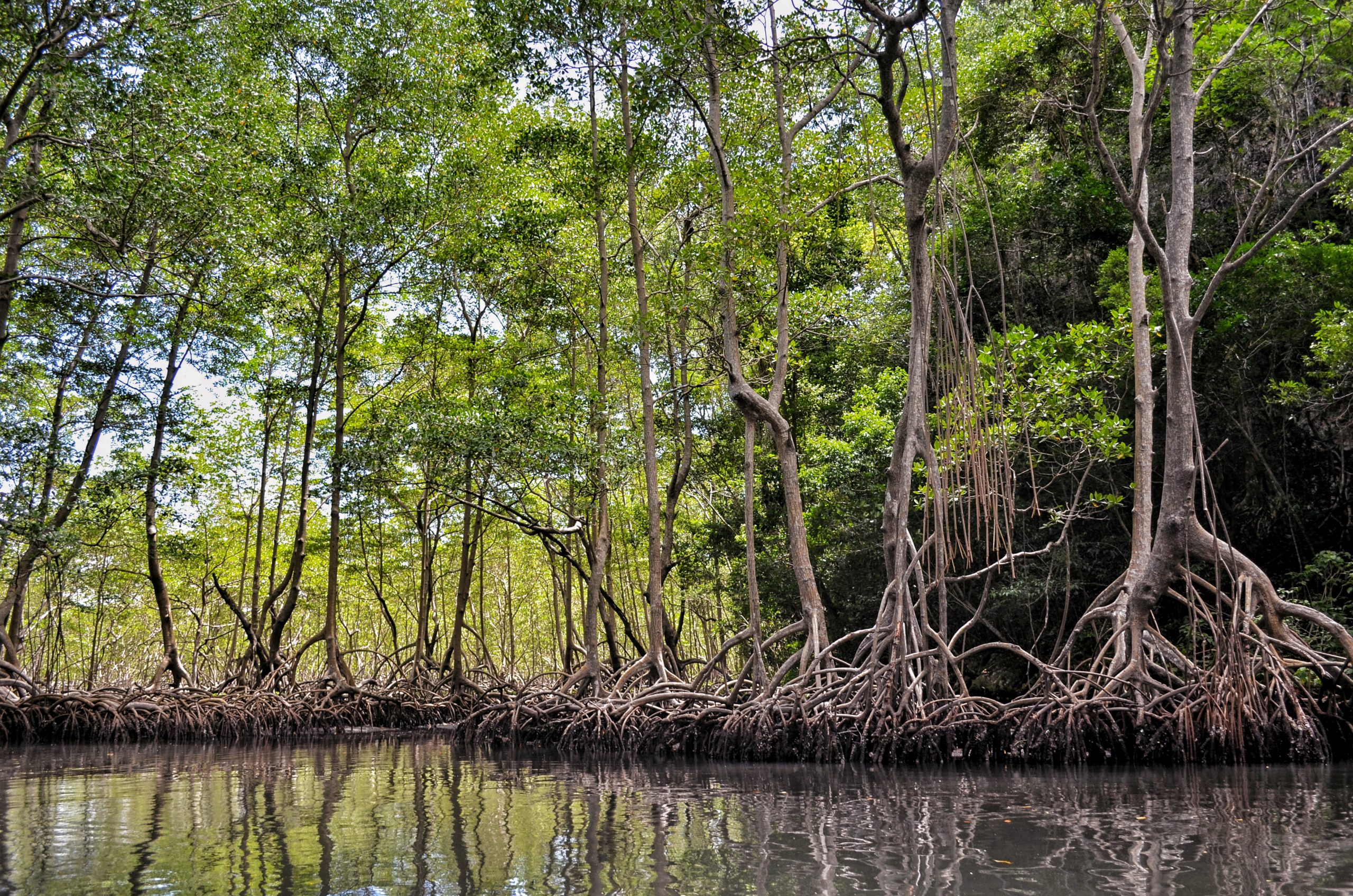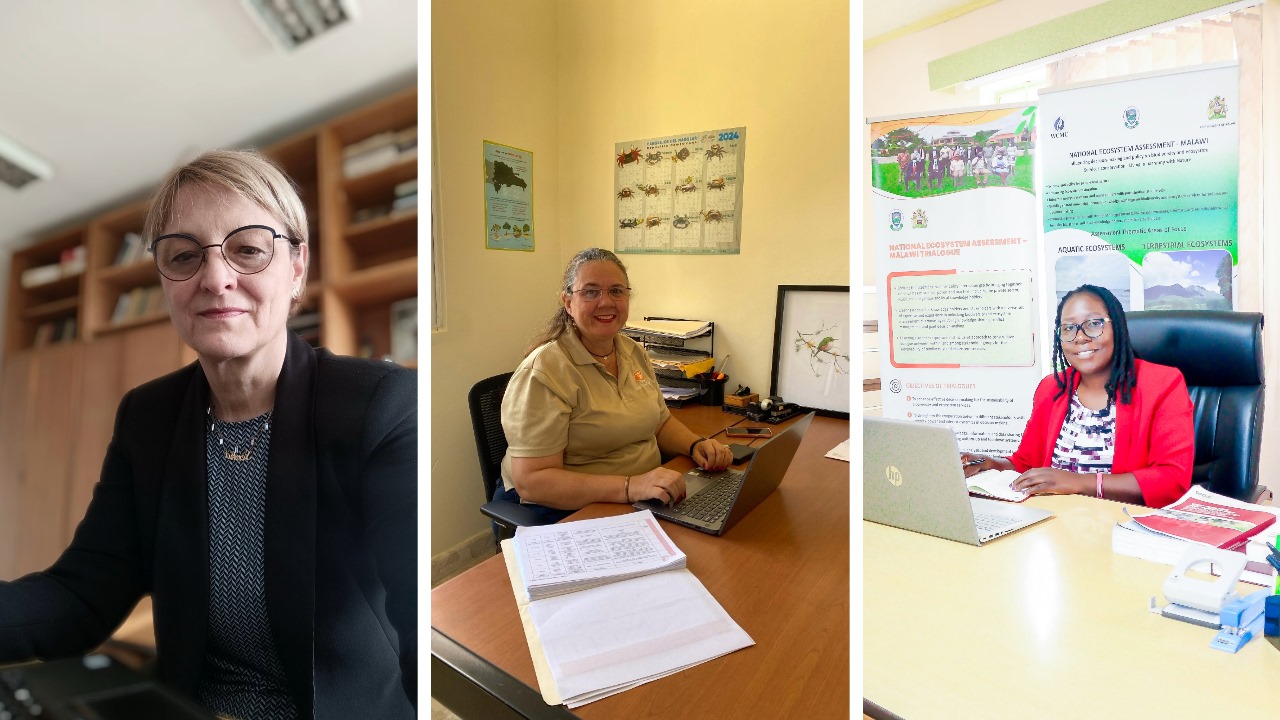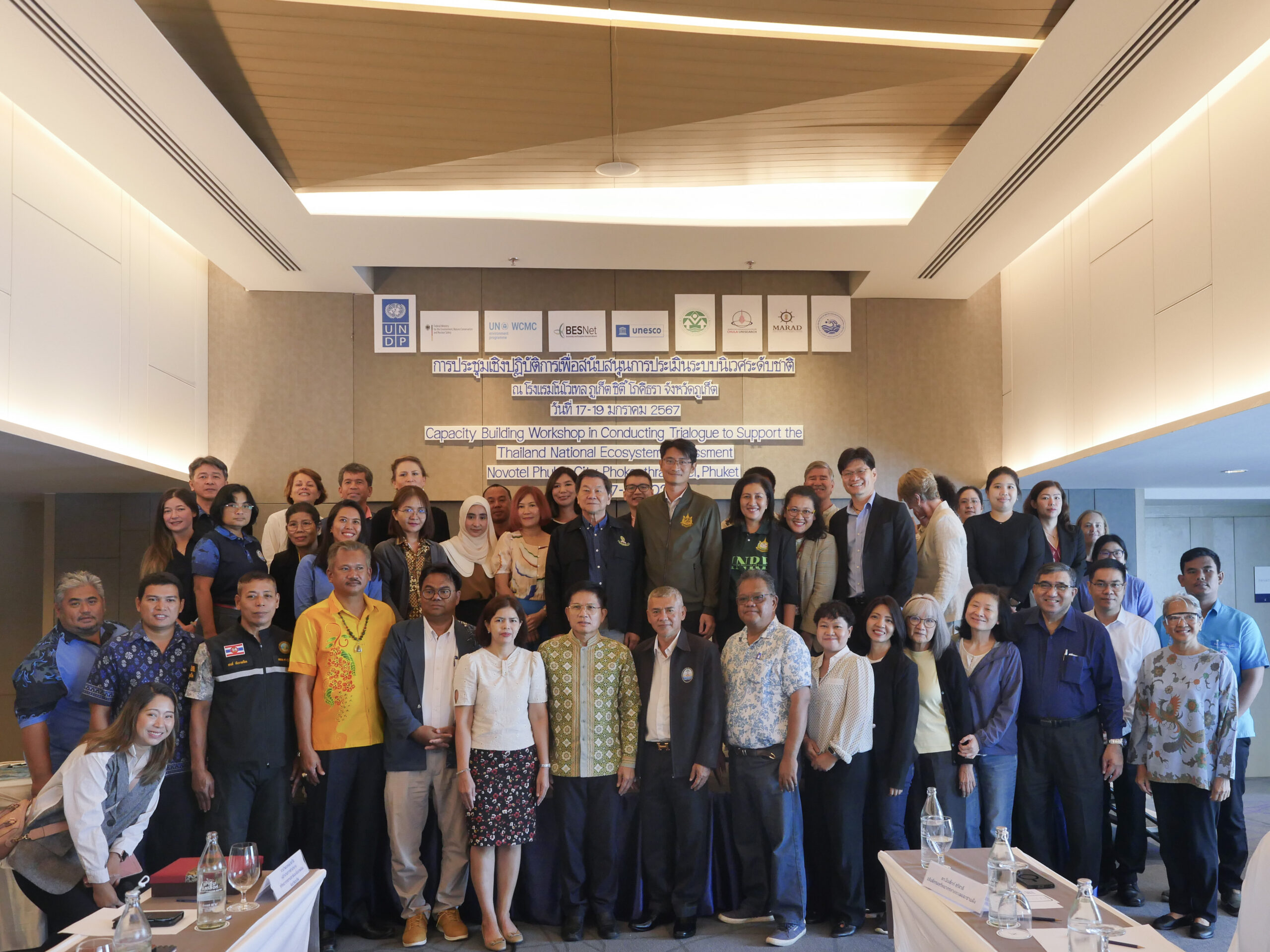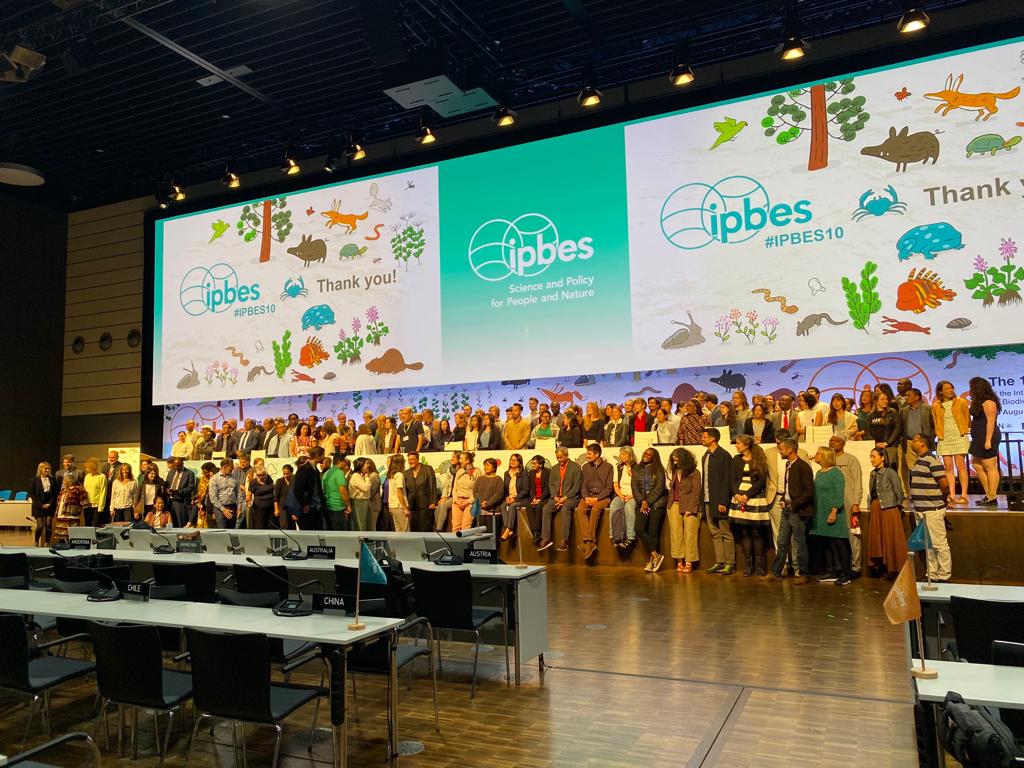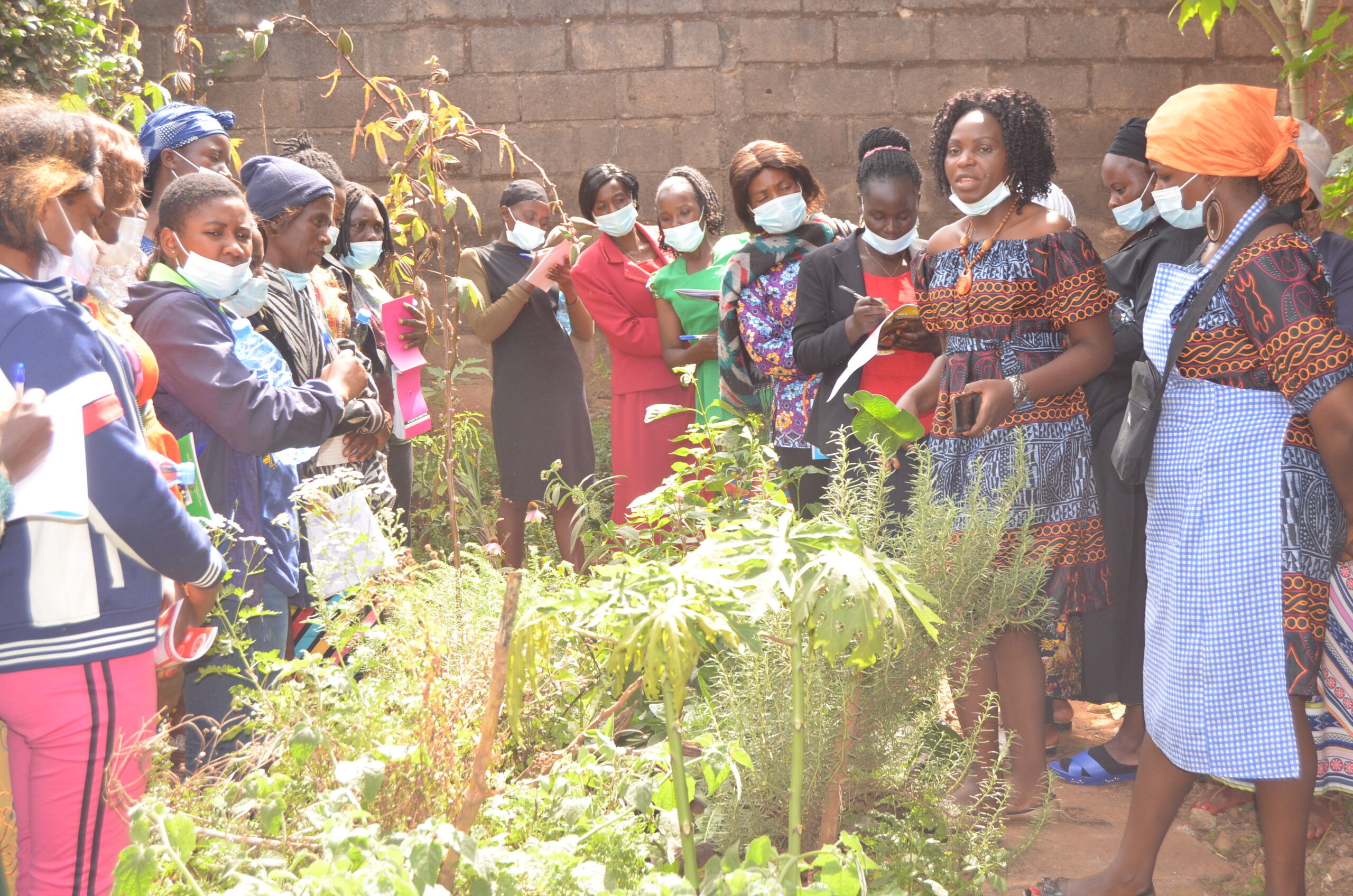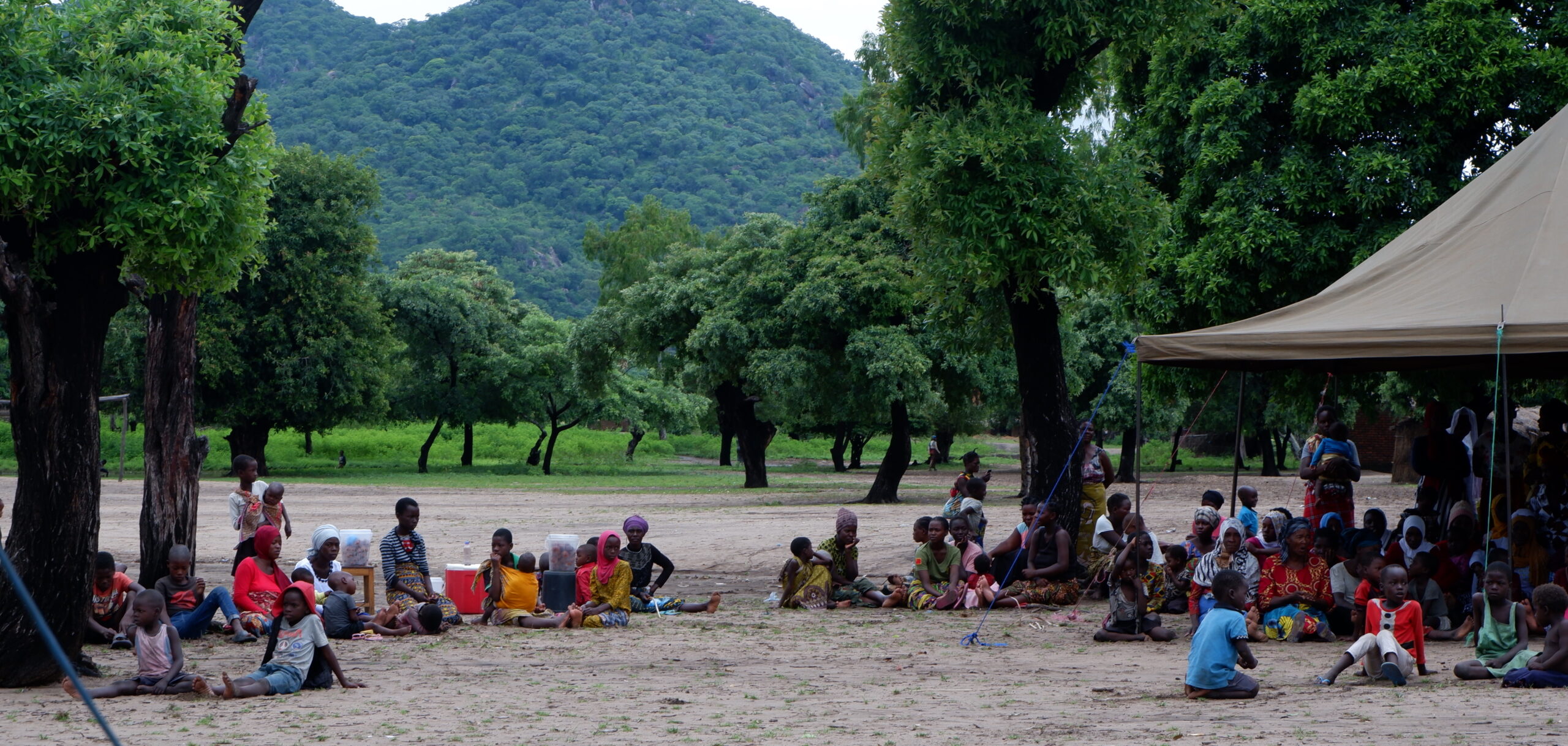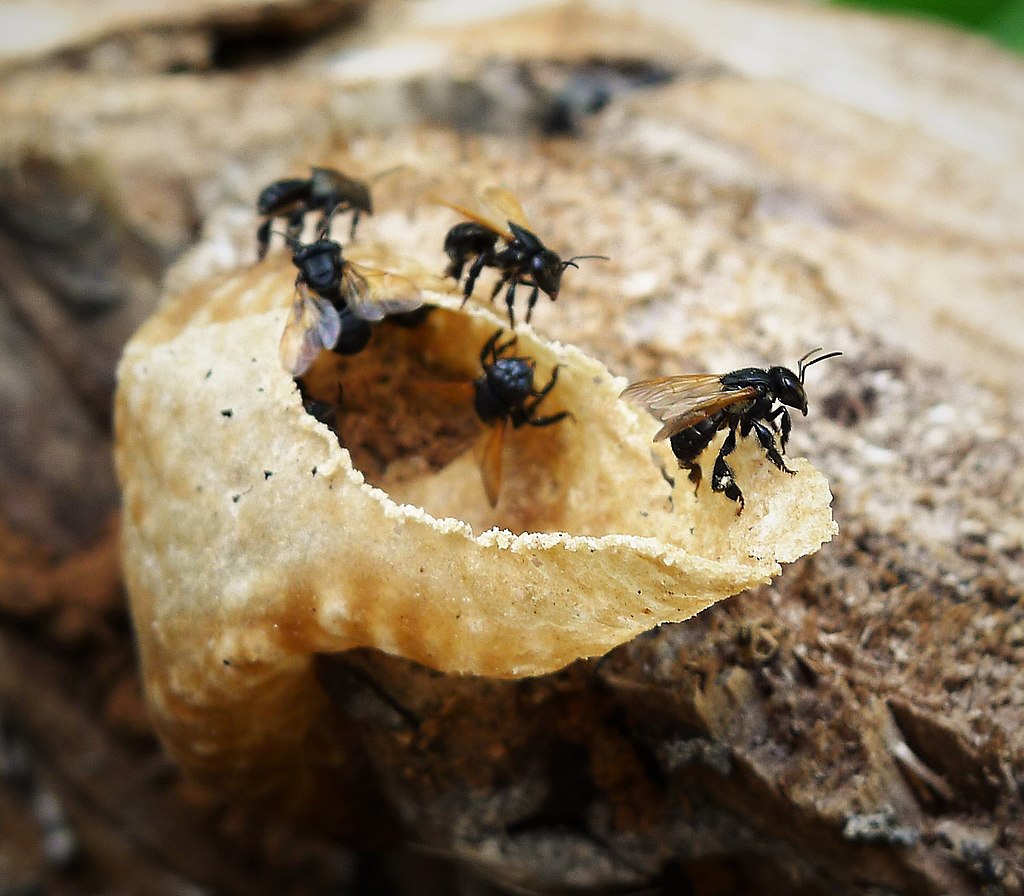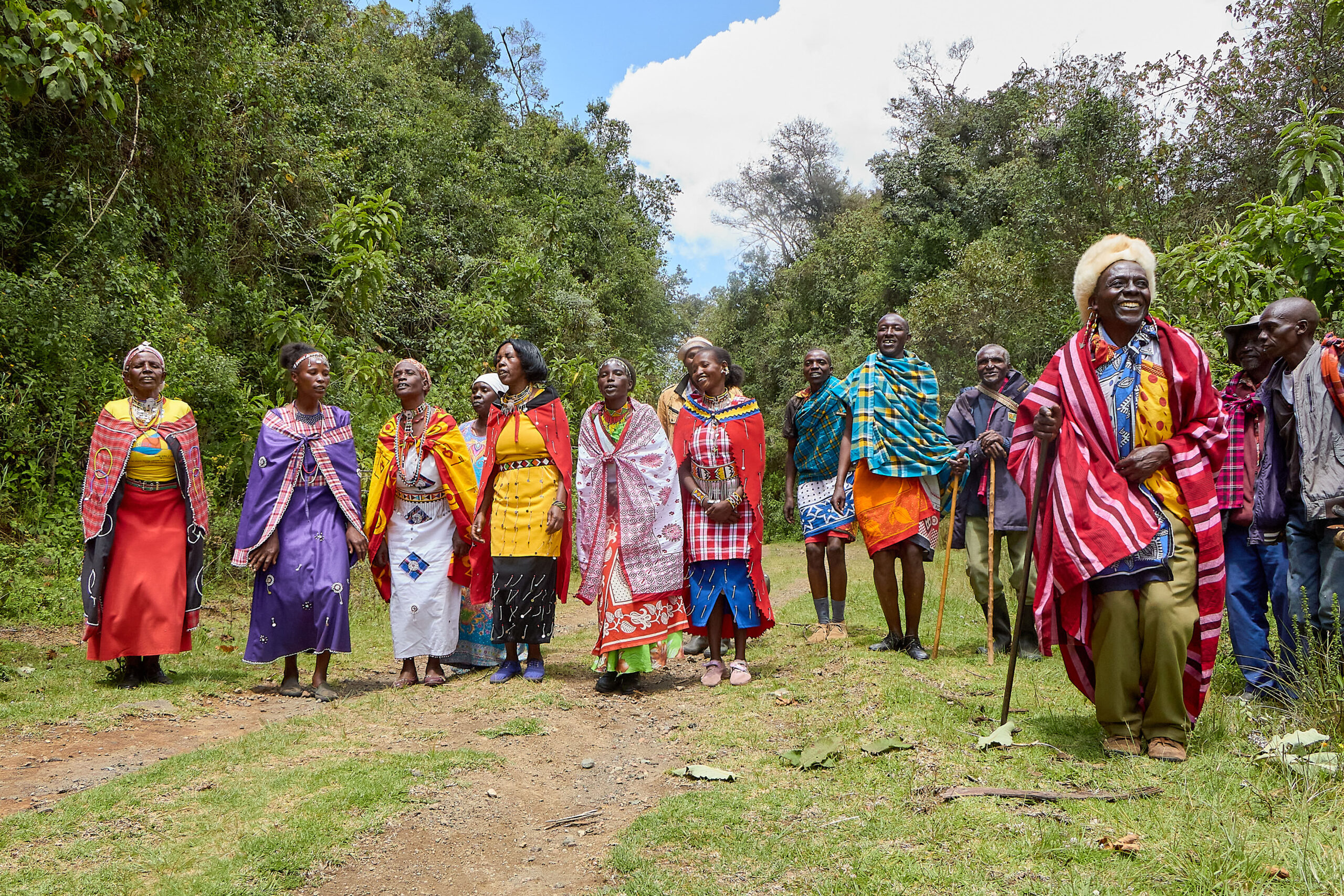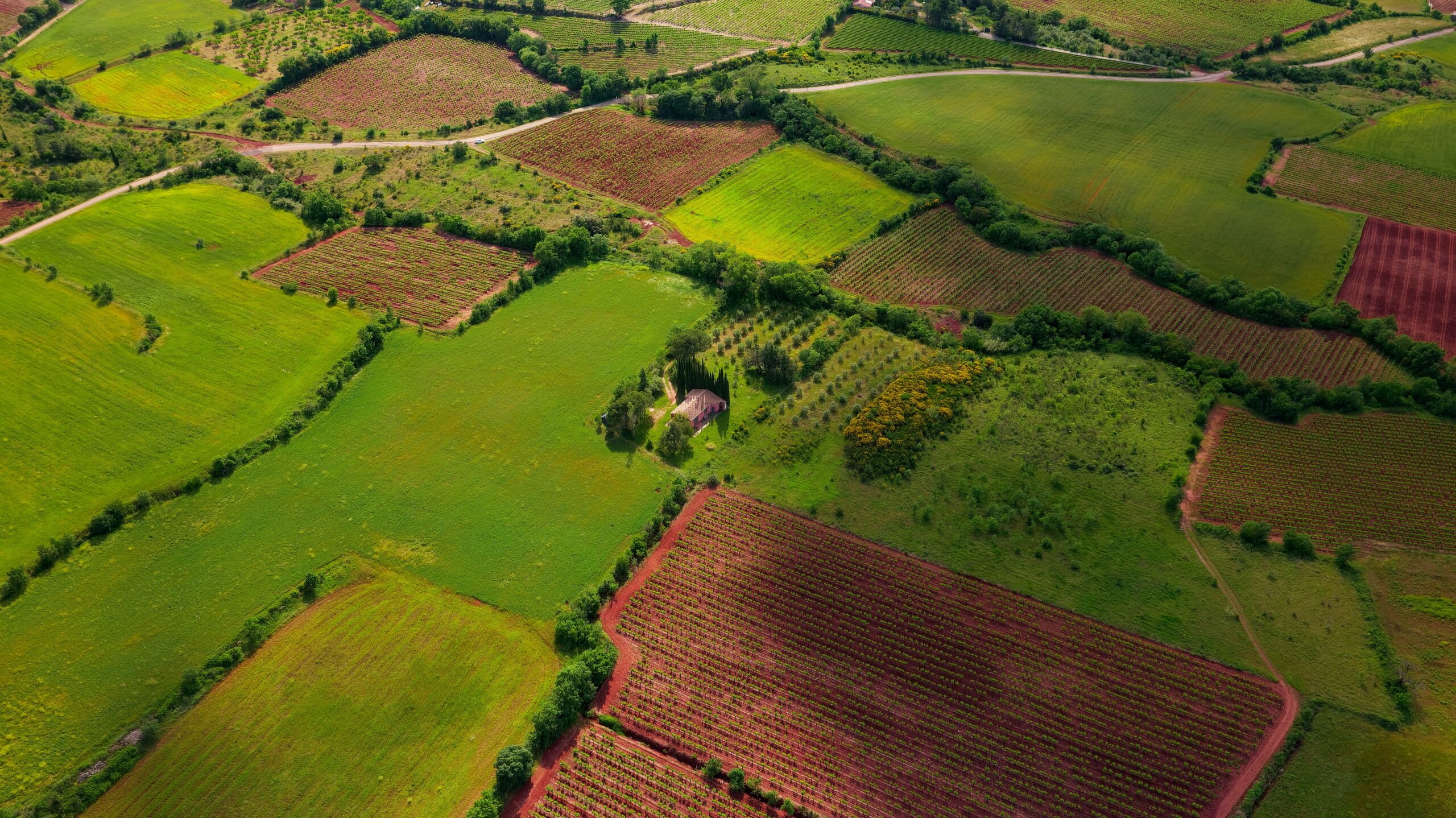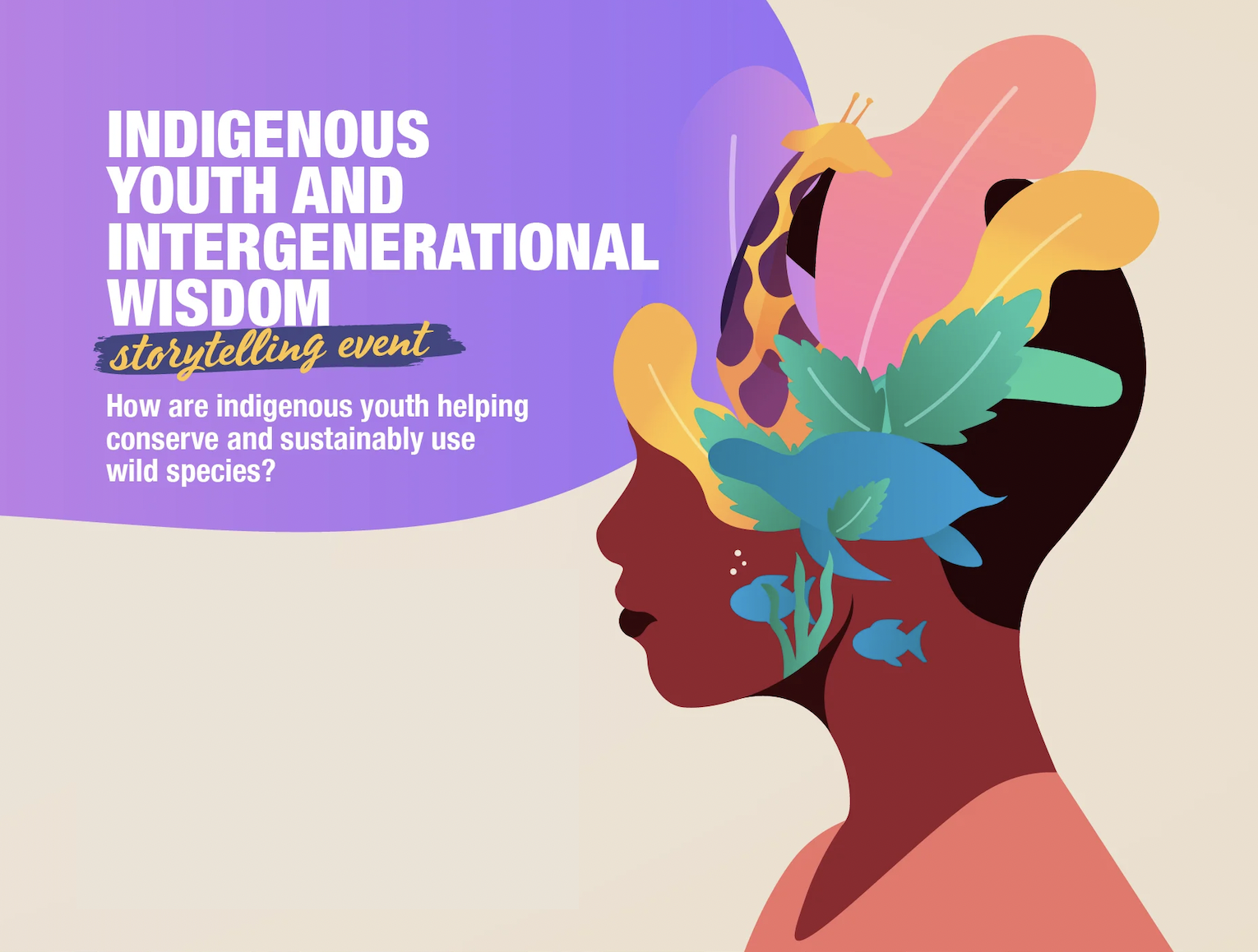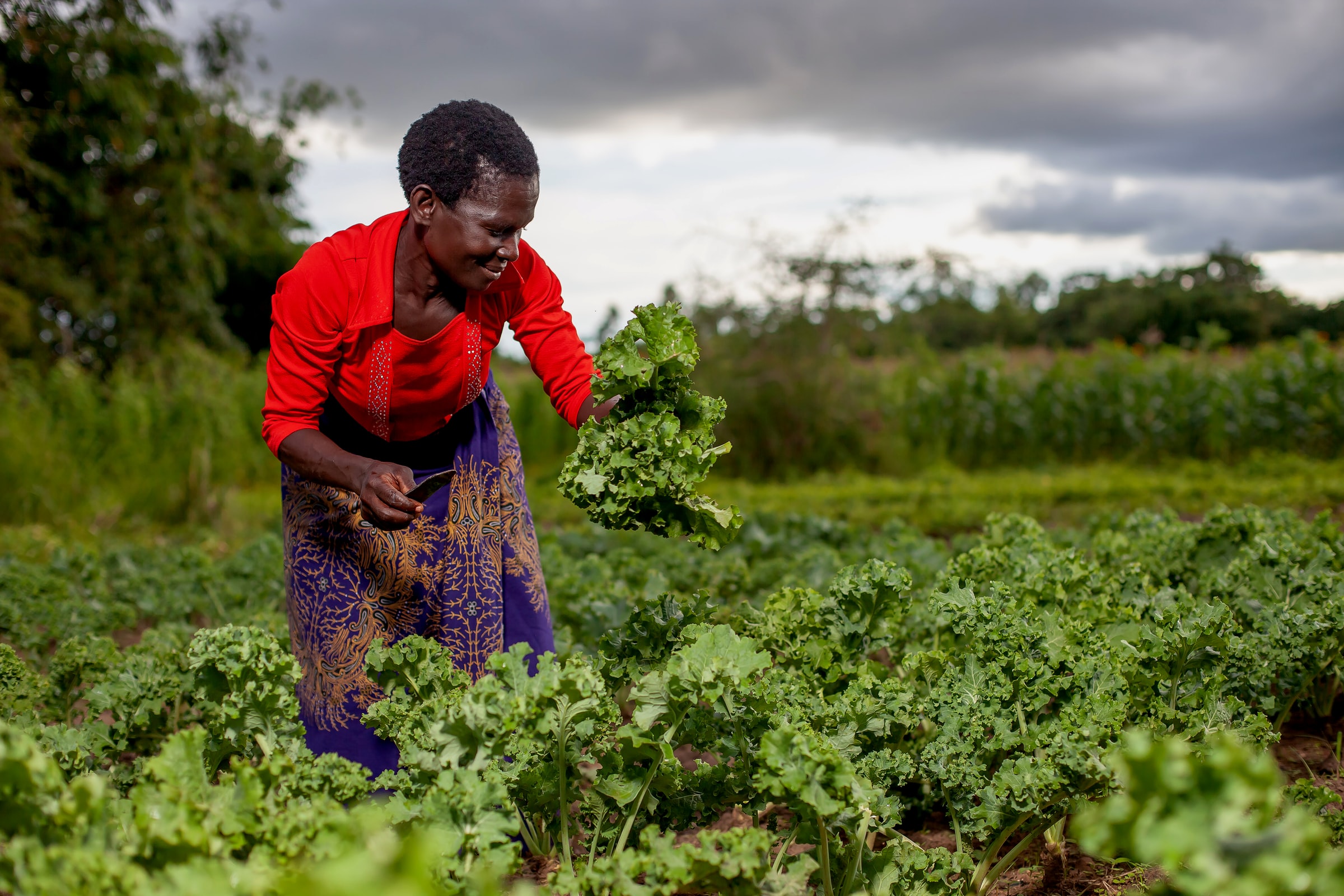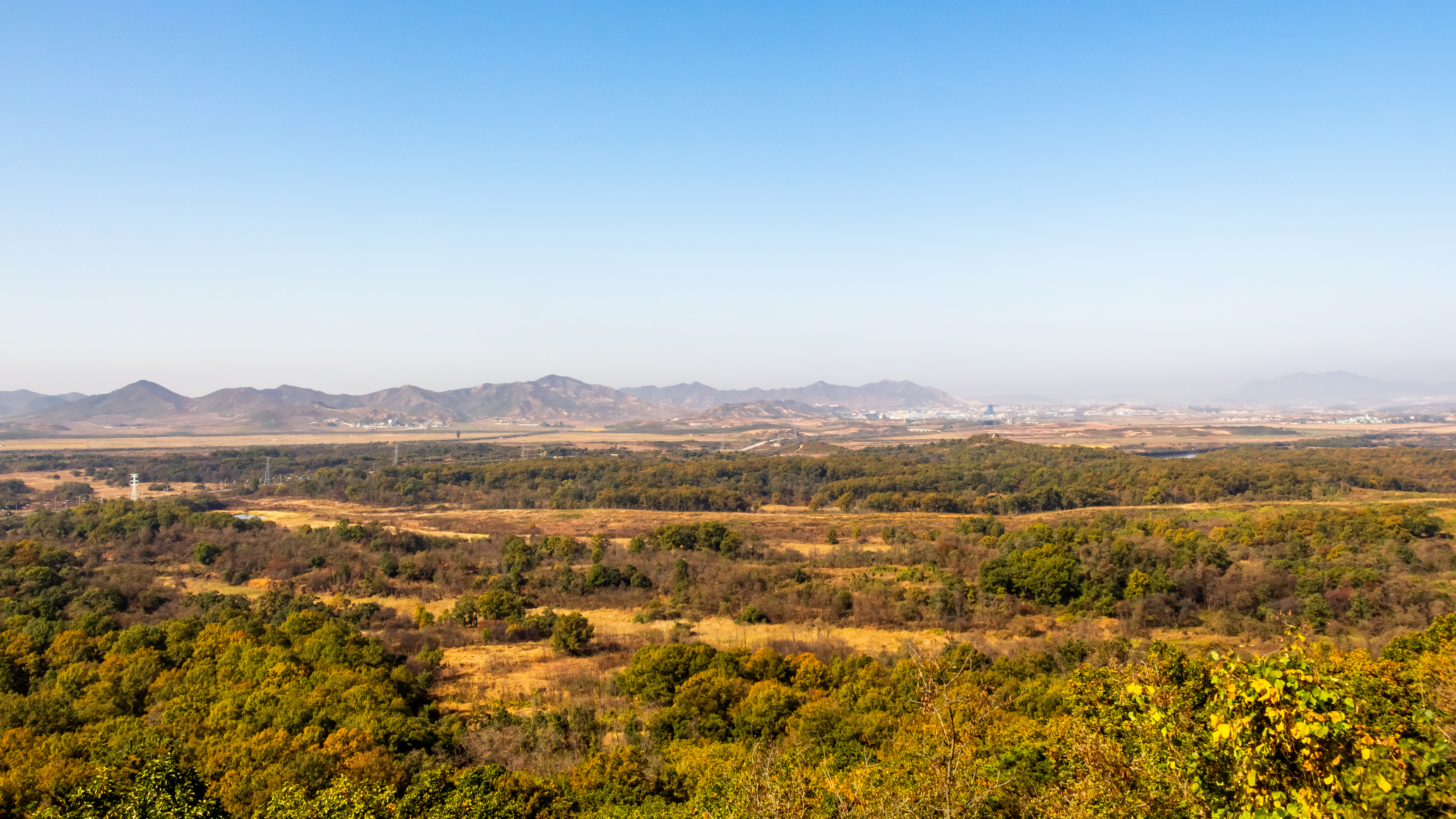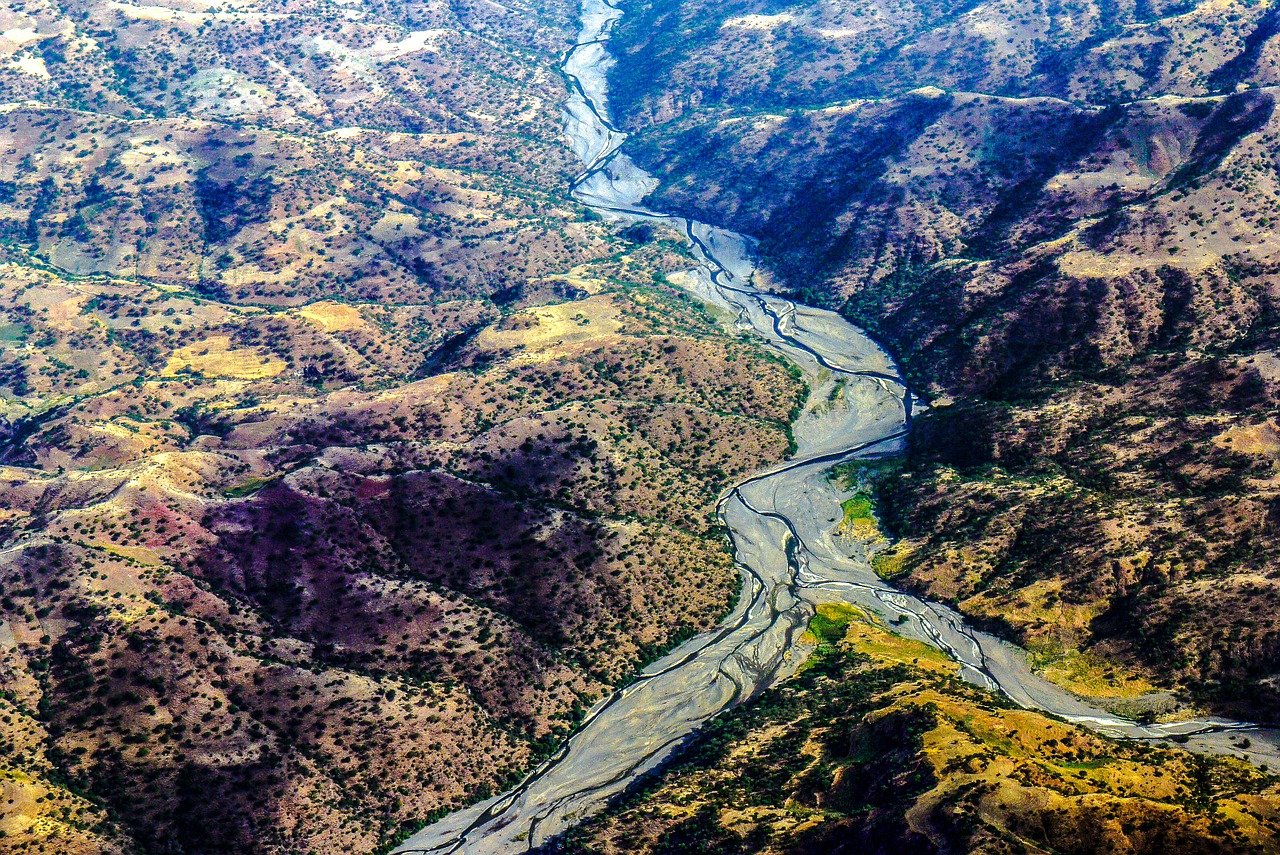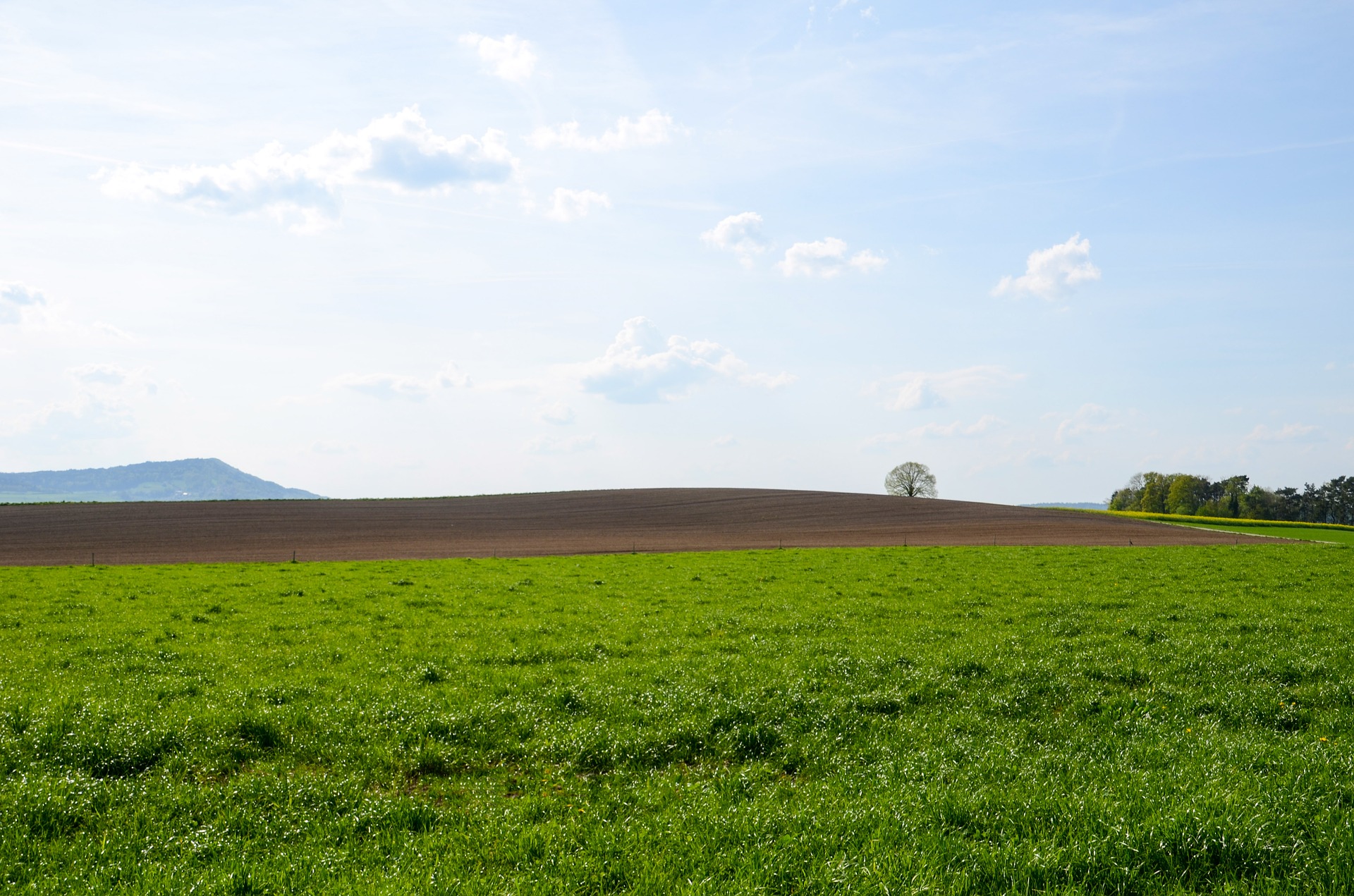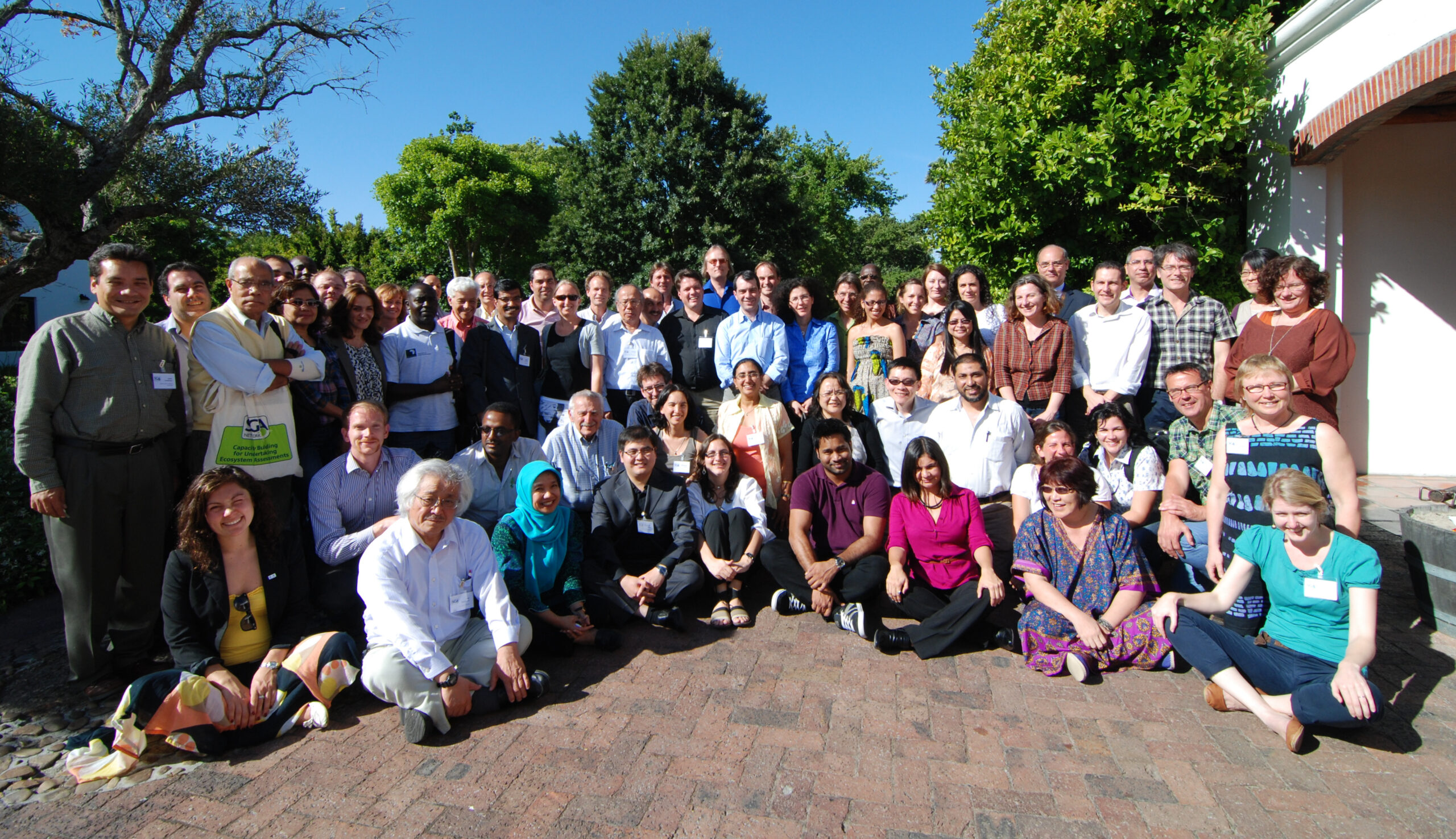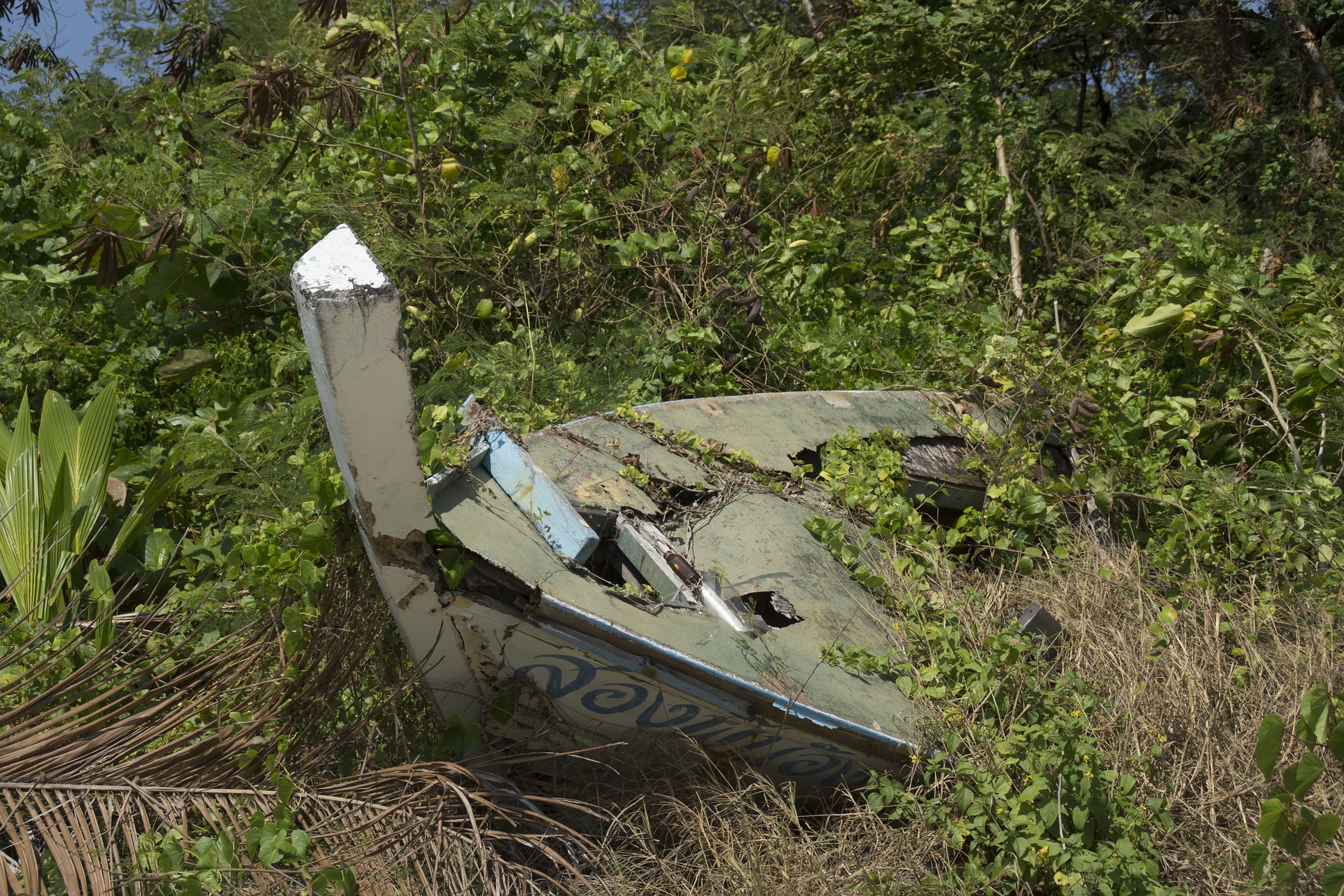While zoonotic diseases are considered as one of the most pressing global issues of our era as a result of 2019 novel coronavirus (COVID-19) outbreaks, a renewed focus is also being placed on the issue of land degradation[1]. Land degradation refers to a process in which the value of the biophysical environment is affected by a combination of human-induced processes acting upon the land[2]. It is associated with the loss of life-supporting land resource through soil erosion, desertification, salinization, acidification, etc.[3] Considerable interest in the relationship between land degradation – and associated biodiversity loss – and zoonotic diseases outbreaks has recently captured the attention of the research community, with important public policy implications. BES-Net Op-Ed series on COVID-19 seeks to contribute to this dynamic by providing insights into concrete examples of linkage between land degradation and the rise of zoonotic diseases in order to help identify more integrated, cross-sectoral, and inclusive policy options that build the health and resilience of people and the planet.
This Op-Ed series #5 specifically compiles the available evidences concerning the interface between land degradation and zoonotic disease with a focus on the main hypotheses underpinning this linkage.
Hypotheses underpinning the linkage between land degradation and zoonotic disease outbreaks
There are several hypotheses put forward by scholars to explain the association between environmental degradation in general and land degradation in particular and emerging infectious diseases. The most notables include the ‘coevolution effect’ and the ‘dilution effect’.
The ‘coevolution effect’ is rooted in ecology and evolutionary biology. It suggests that, as humans alter landscapes and former intact habitats are lost, forest fragments serve as islands harboring wildlife hosts of pathogens that undergo rapid diversification. This change leads to greater probability that one of these pathogens will spill over into human populations, and will cause new disease outbreaks. Accordingly, maintaining healthy and well-connected ecosystems should help reduce the prevalence of infectious diseases[4].
Figure 1. Coevolution effect describing the mechanisms underlying increased zoonotic pathogen spillover with habitat loss[5]
The ‘dilution effect’ suggests that more virus transmission events occur within a single species in communities that have low species diversity than in communities that have greater species diversity. The dilution effect occurs because communities with more species dilute transmission events by reducing the number of susceptible animals. For example, in communities of higher biodiversity, disease-transmitting vectors feed on a larger variety of hosts that are poor reservoirs for the pathogen (e.g., West Nile virus and tick-transmitted Lyme disease)[6]. While more biodiversity means greater viral richness, the risk of pathogen spillover stems from increased exposure, for example as more humans visit environments where pathogens are present[7].
Table 1. Comparisons of predictions for factors affecting the emergence of human disease based on the dilution effect and the coevolution effect[8]
| Effect on emergence of human diseases | Dilution effect | Coevolution effect |
| Habitat fragmentation | Increases risk | Increases risk |
| Biodiversity | Loss of biodiversity increases risk |
Increase in pathogen biodiversity increases risk |
| Host population structure | N/A | Increases risk |
| Coevolution of host and obligate vector | N/A | Increases risk |
| Lack of coevolution of host and bridge vector (mosquito) |
N/A | Increases risk |
| Loss of predators and hosts (dilution of vectors) | Increases risk | N/A |
| Higher host–pathogen encounter rates (more edge) | Increases risk | Increases risk if true for bridge vectors |
| Enhanced abiotic conditions for bridge vectors (higher population size for mosquitoes) | Increases risk | Increases risk |


